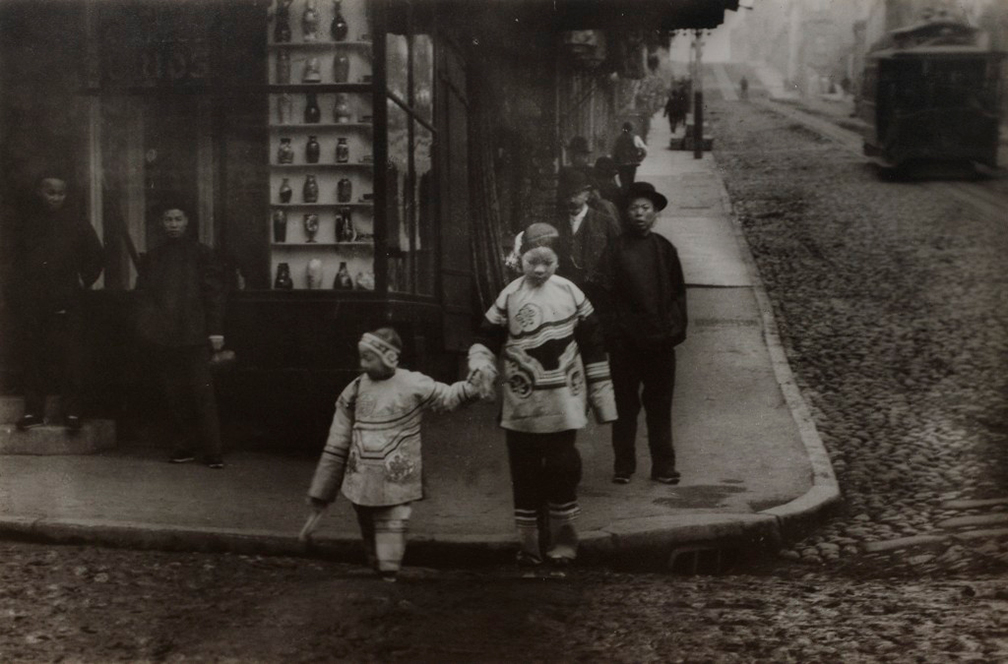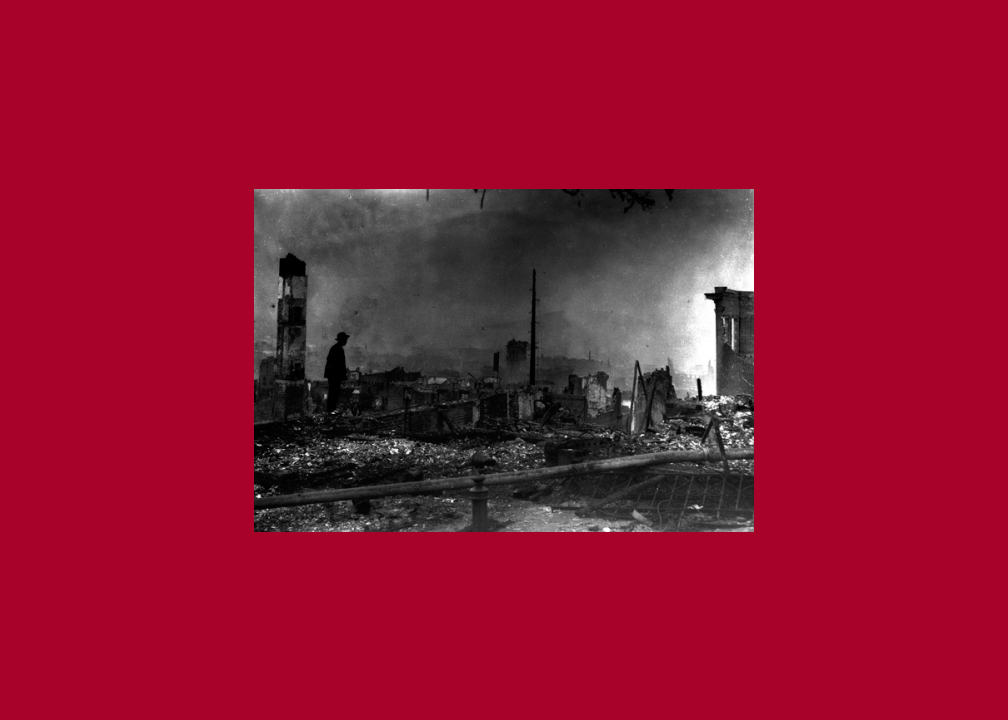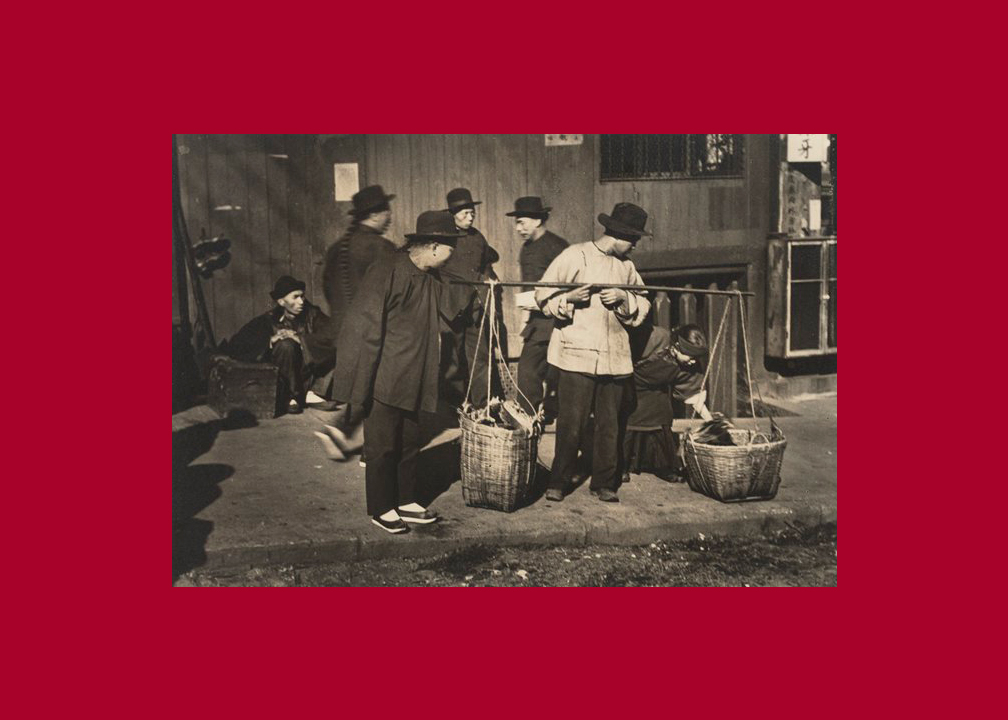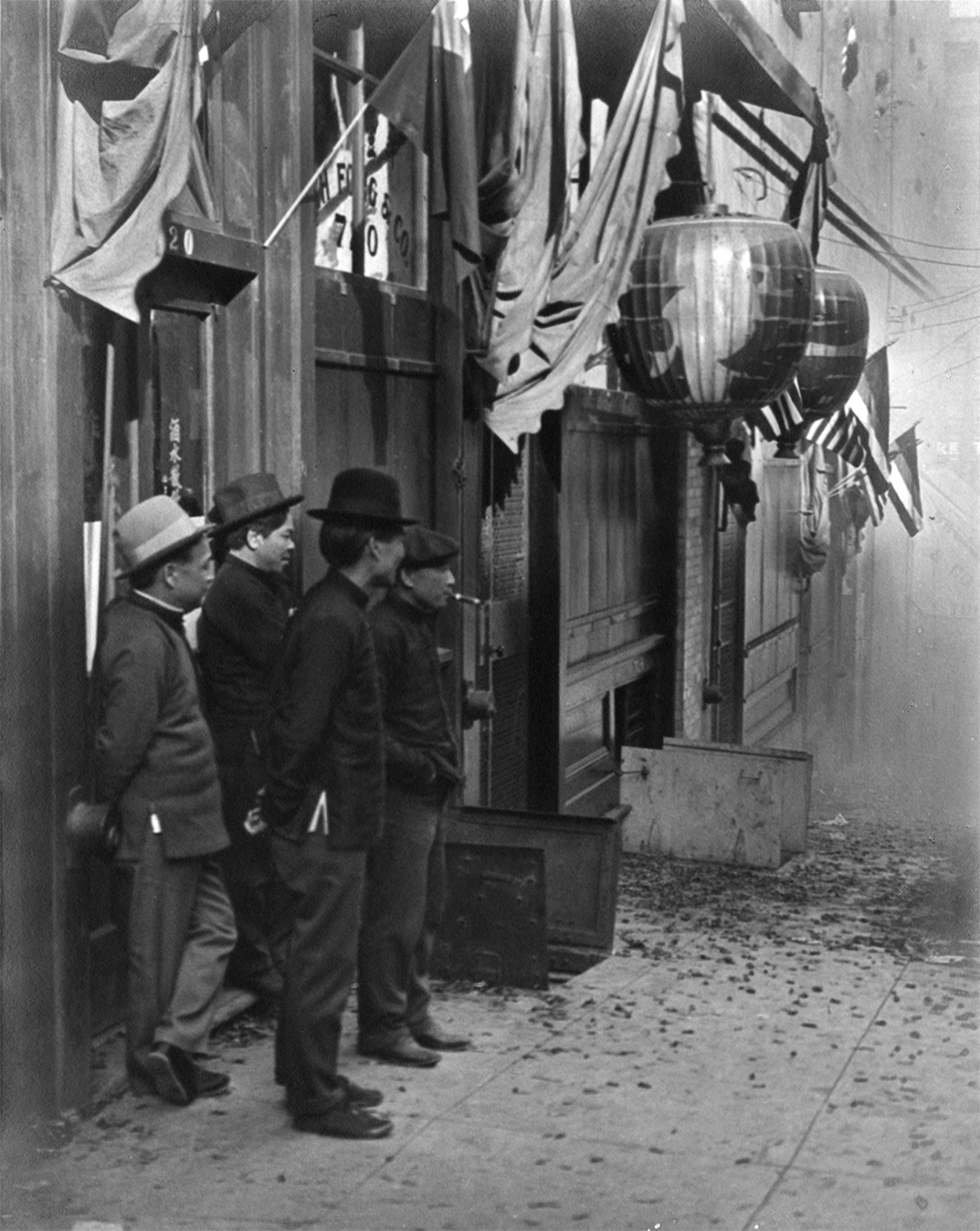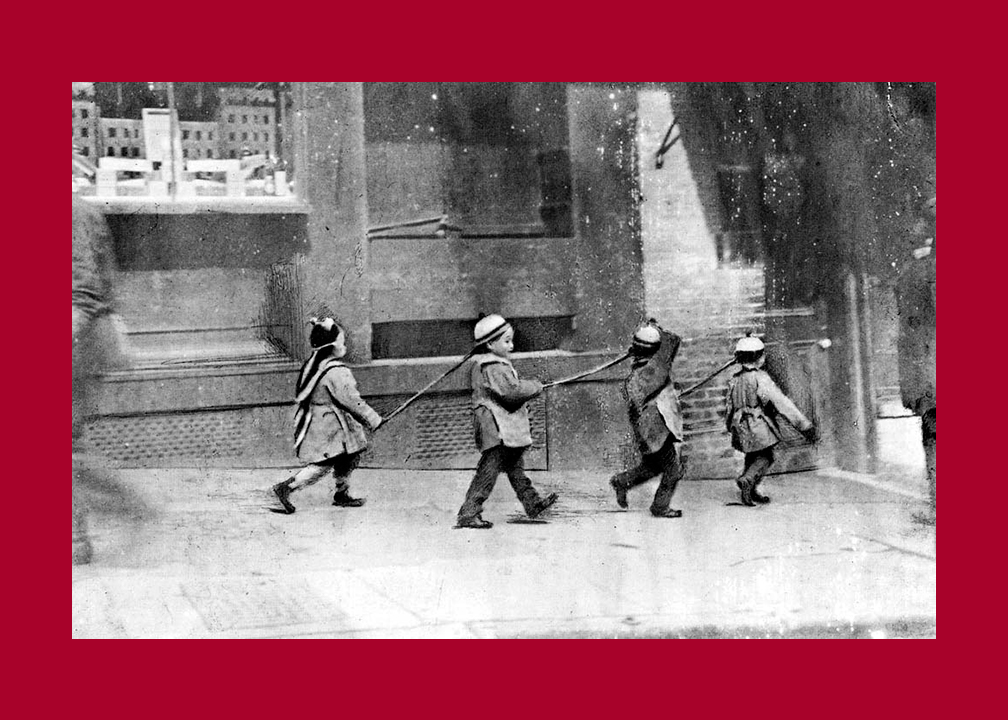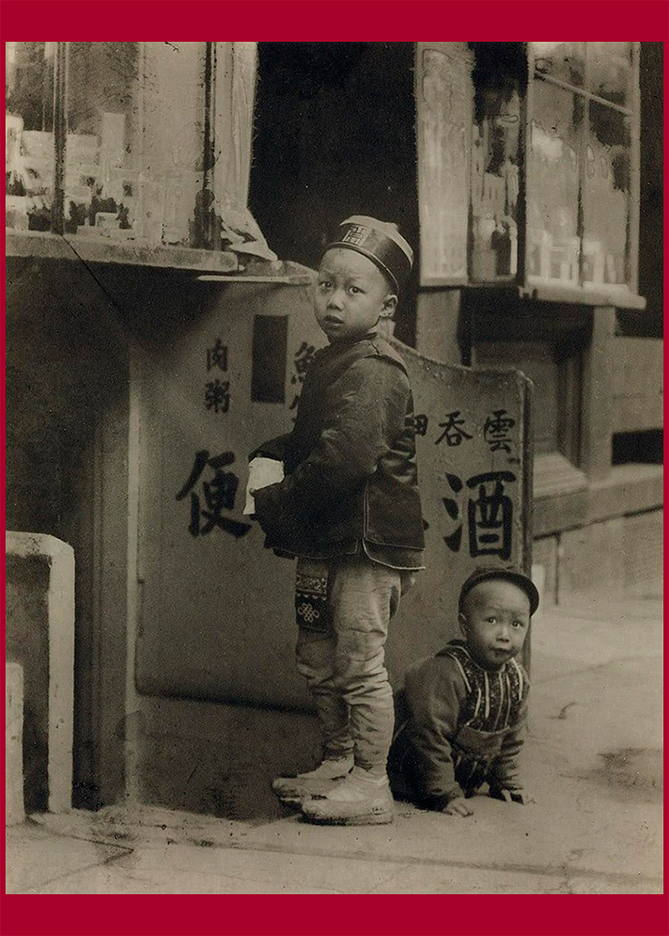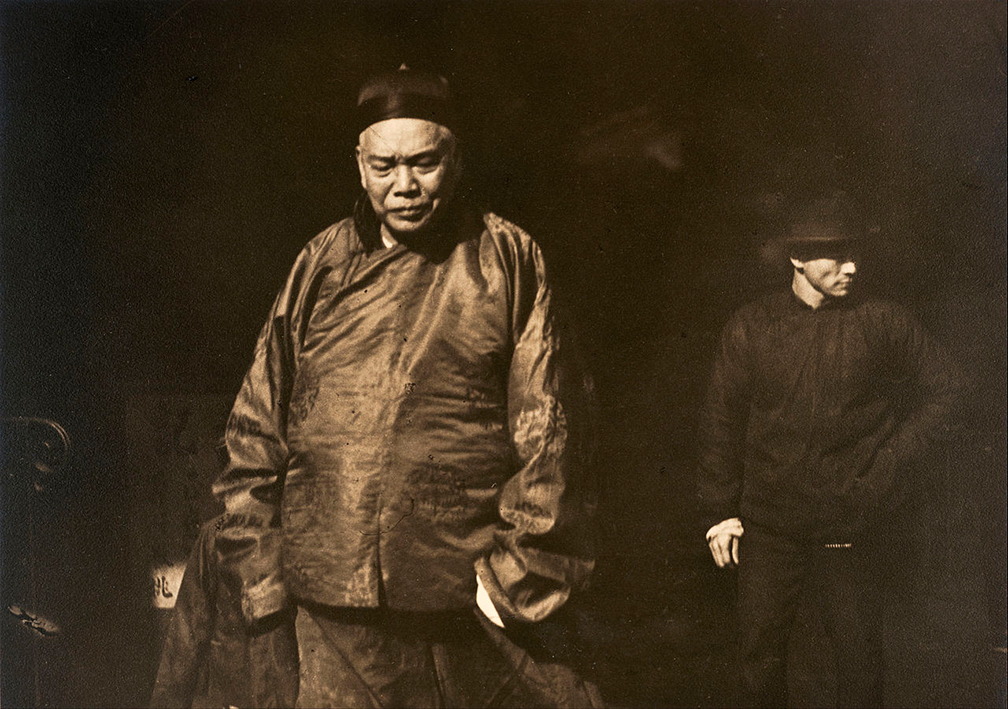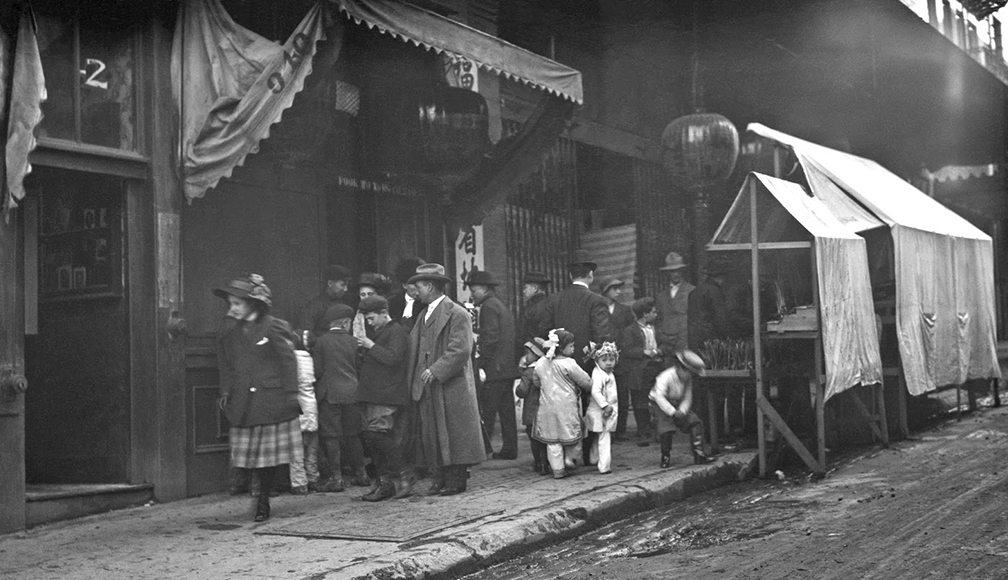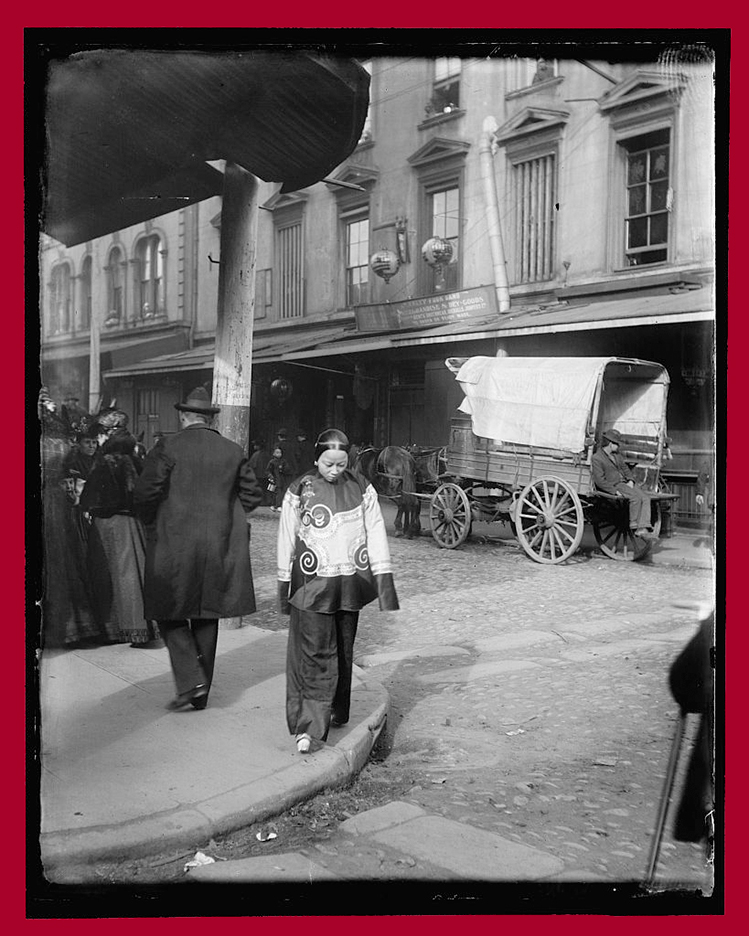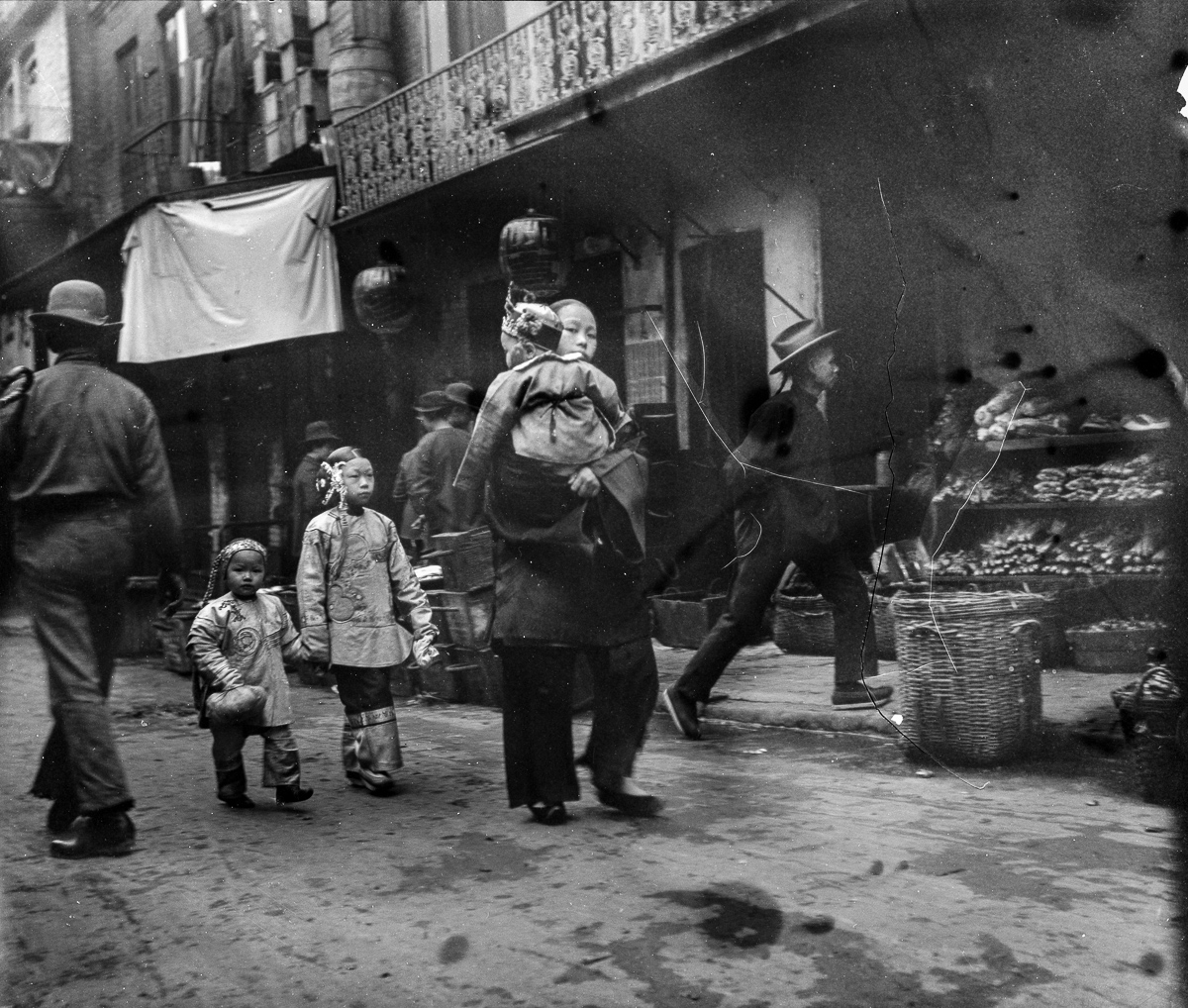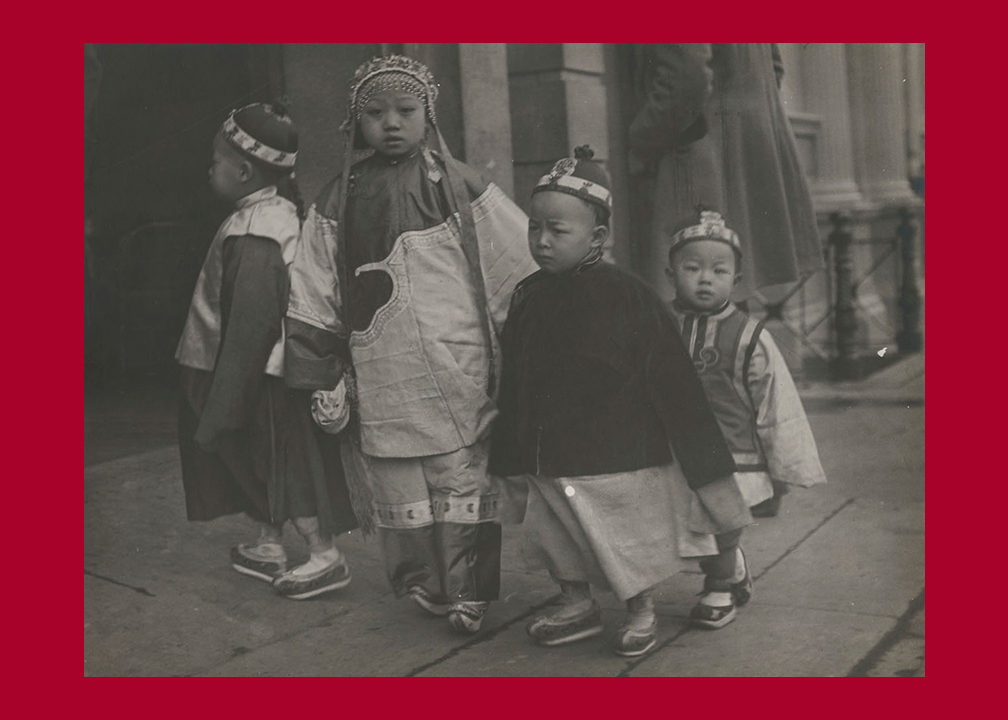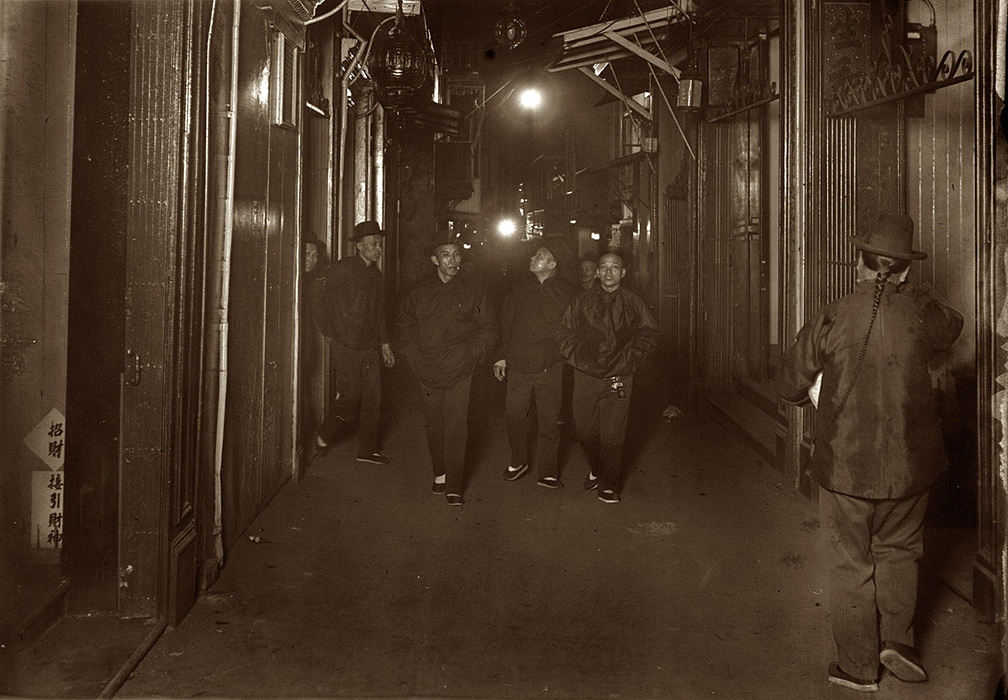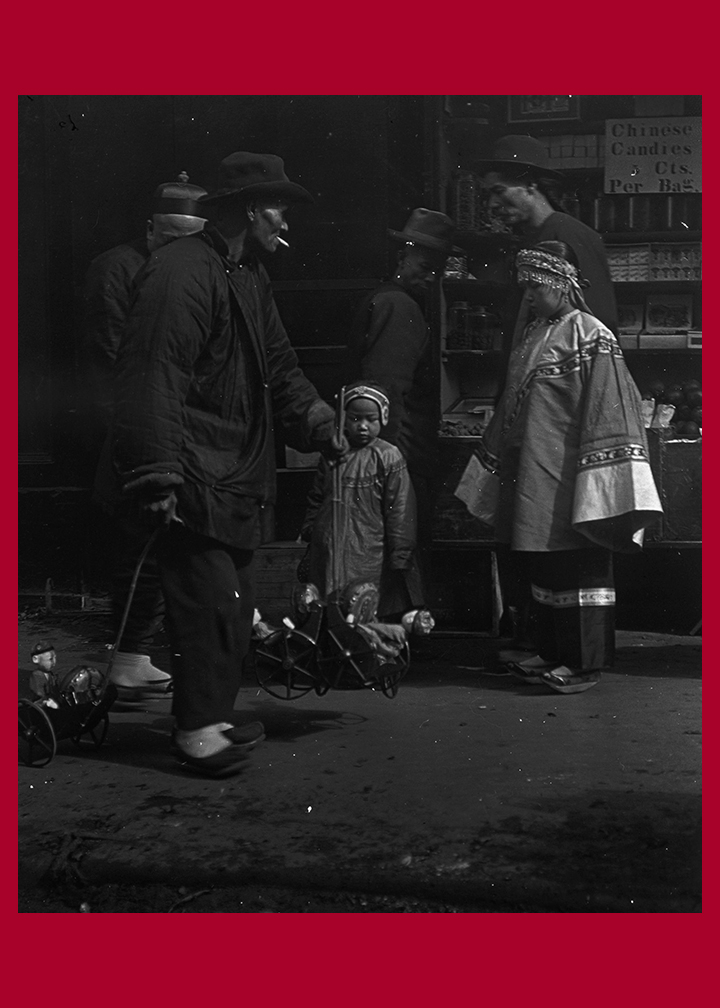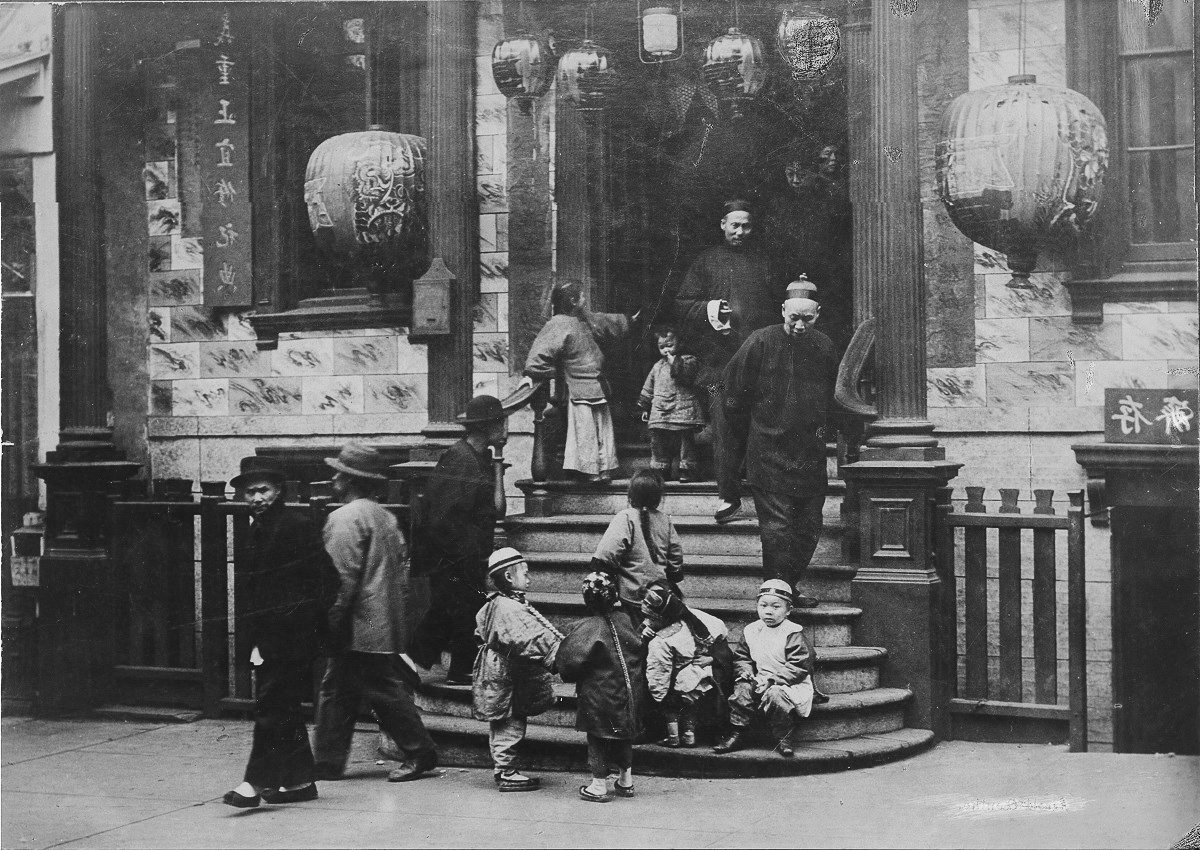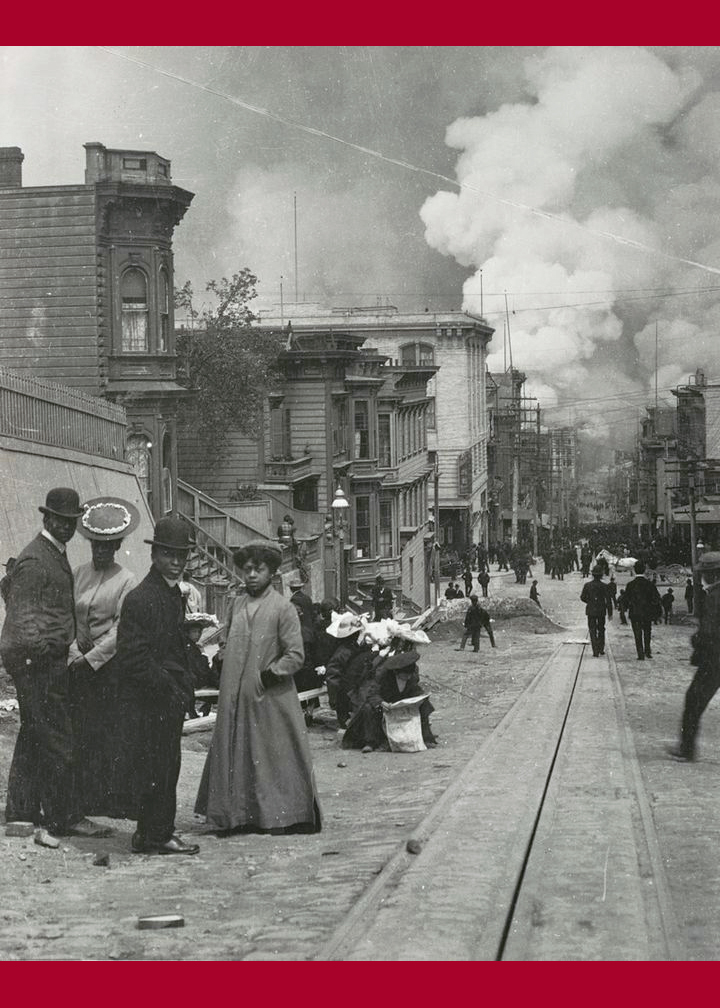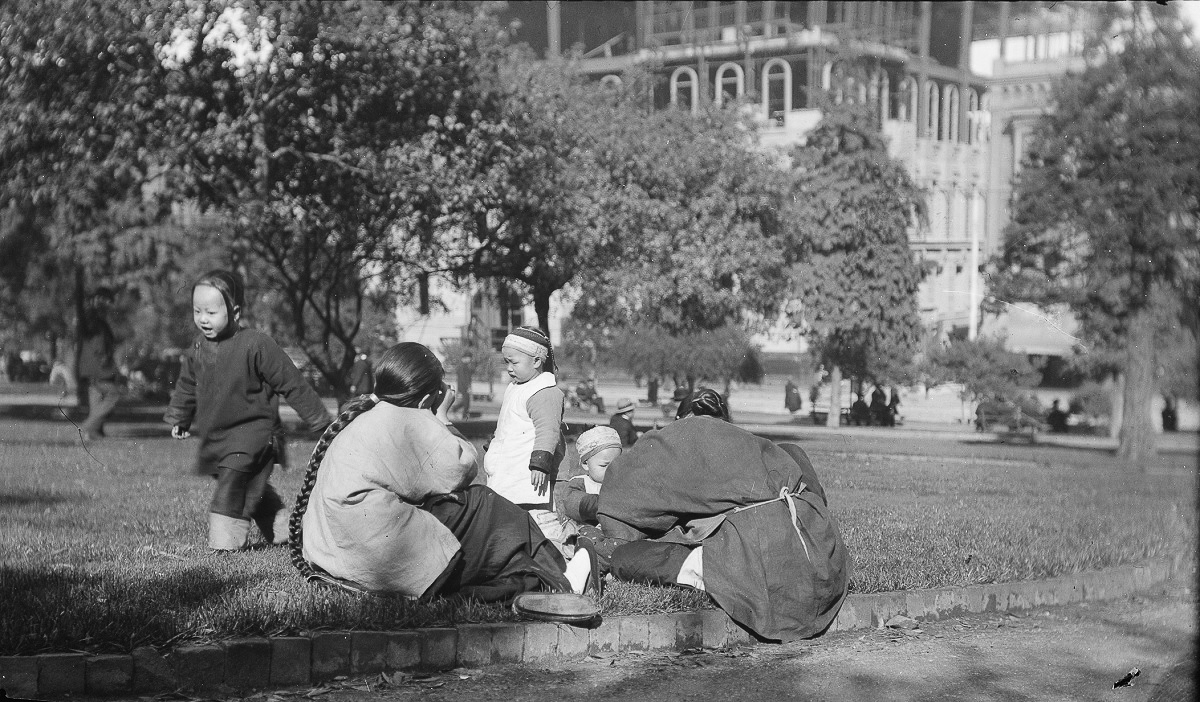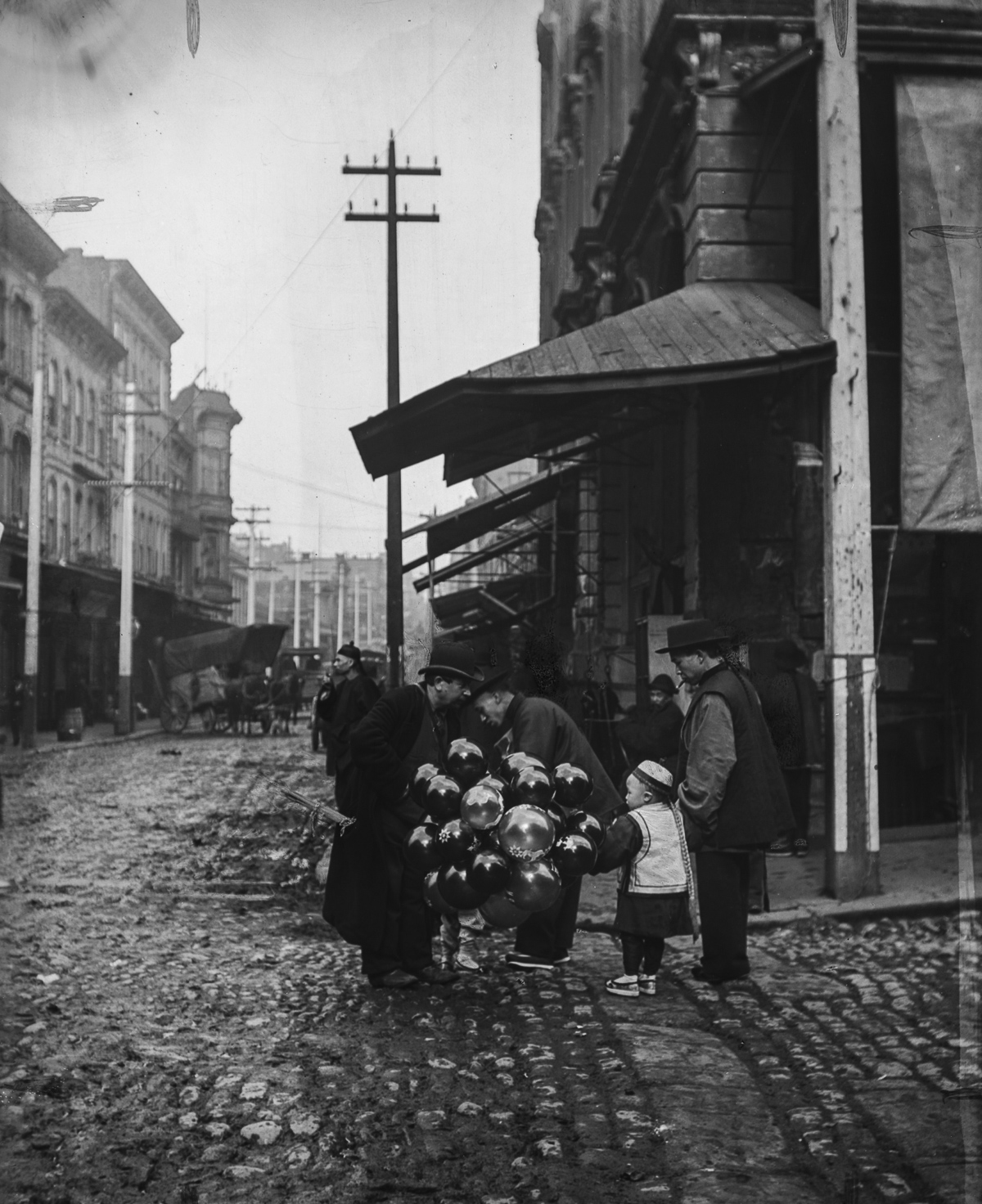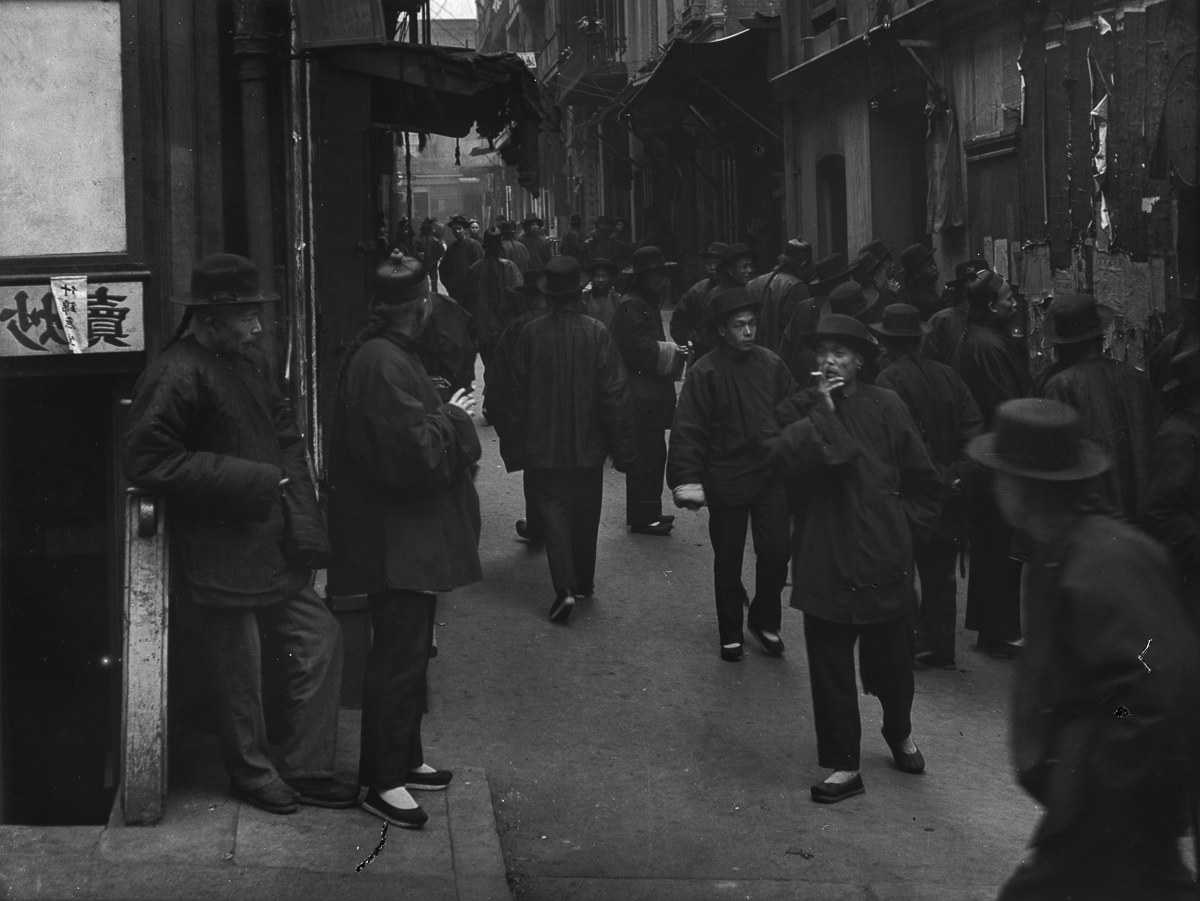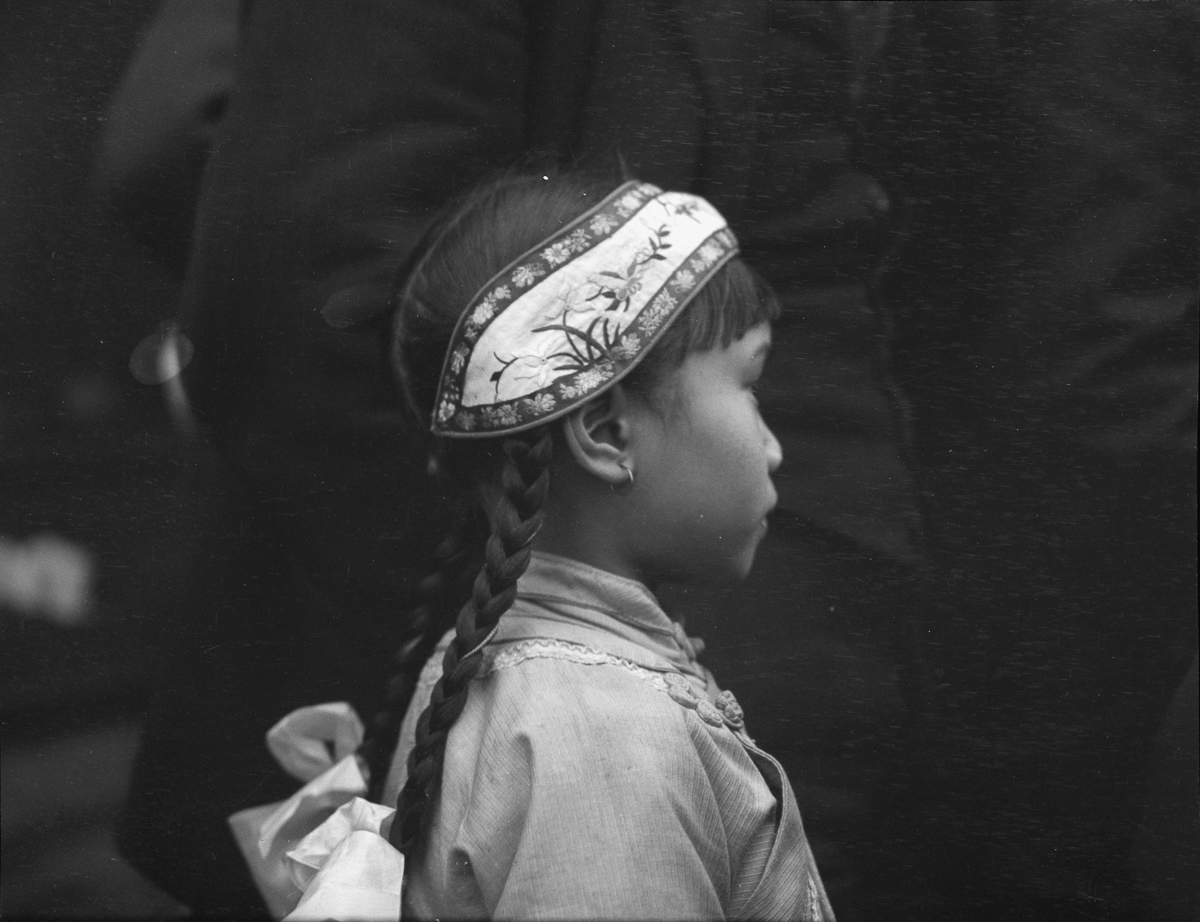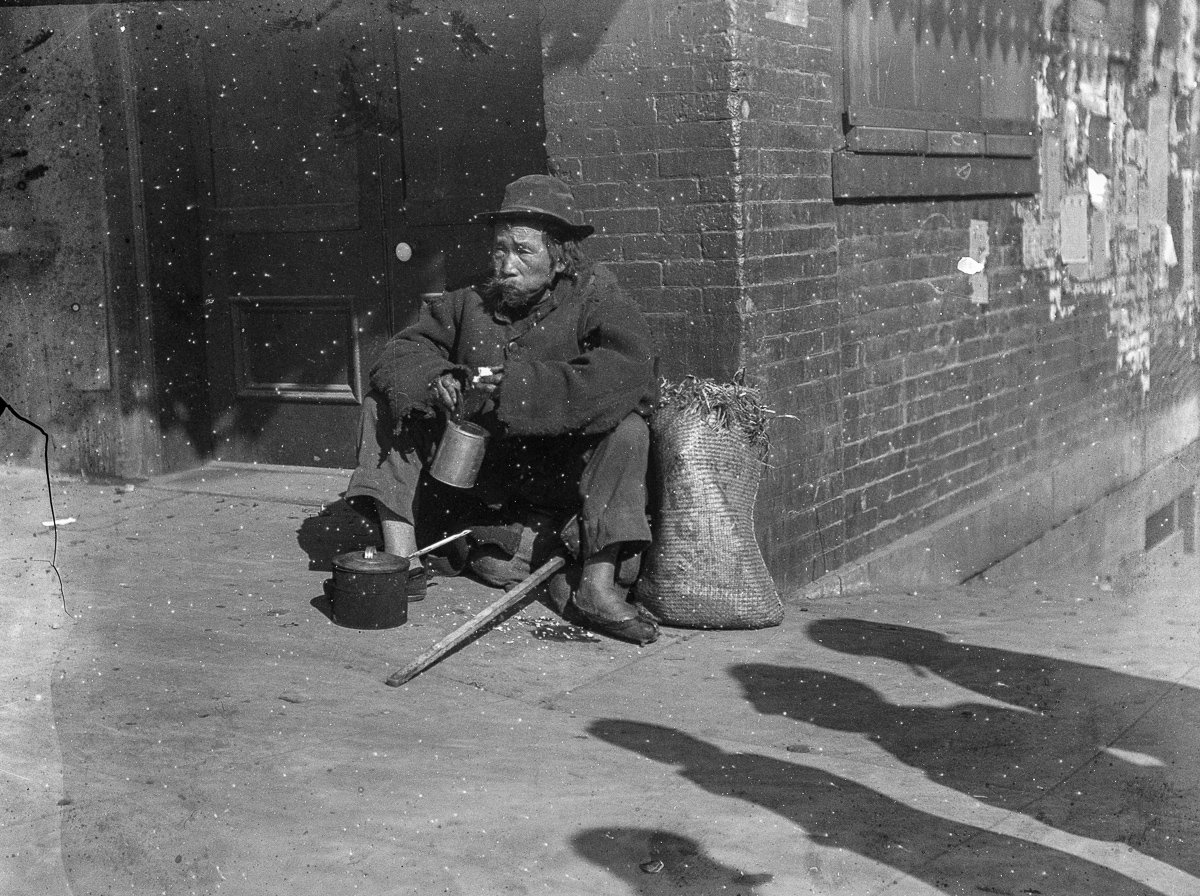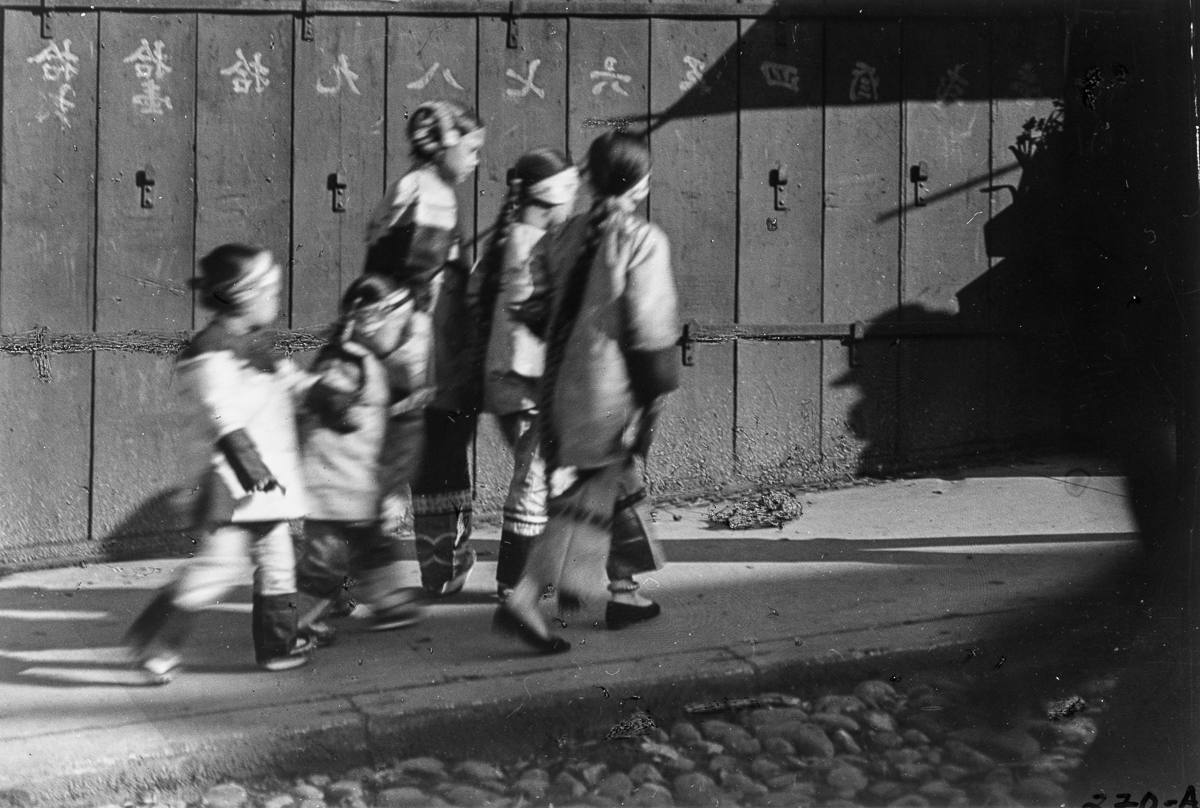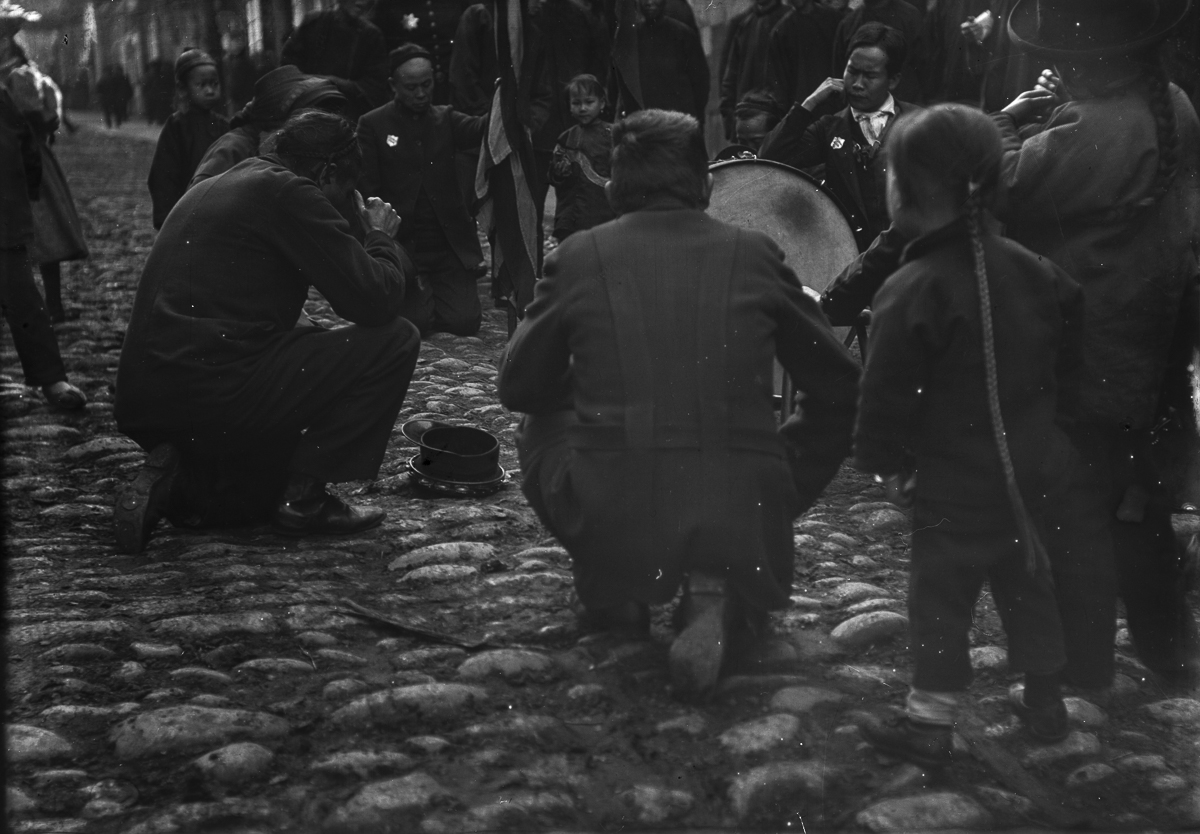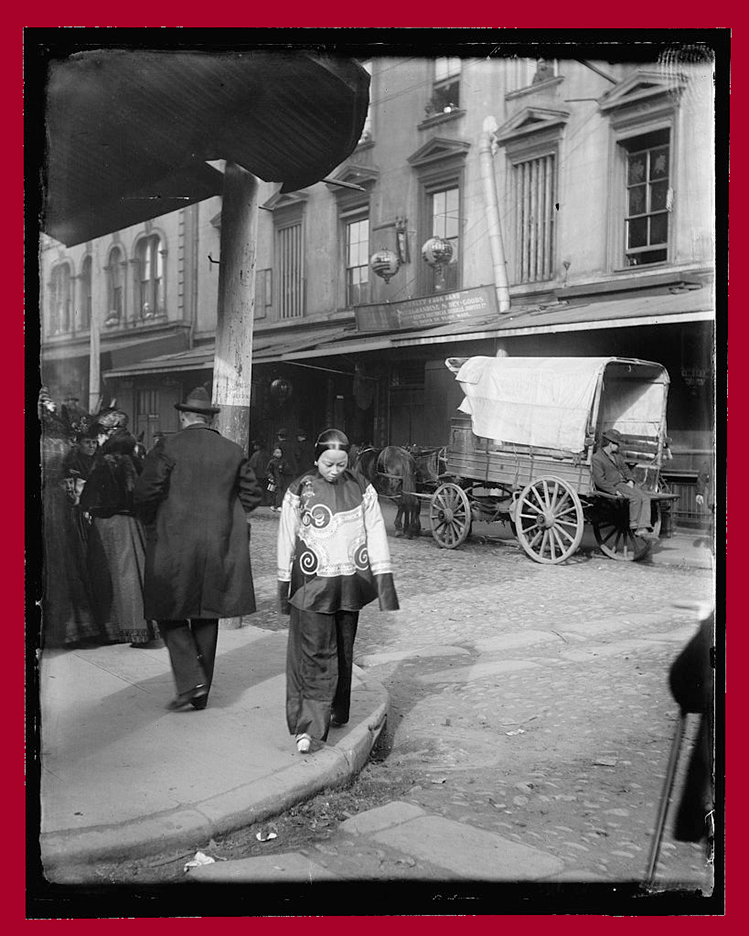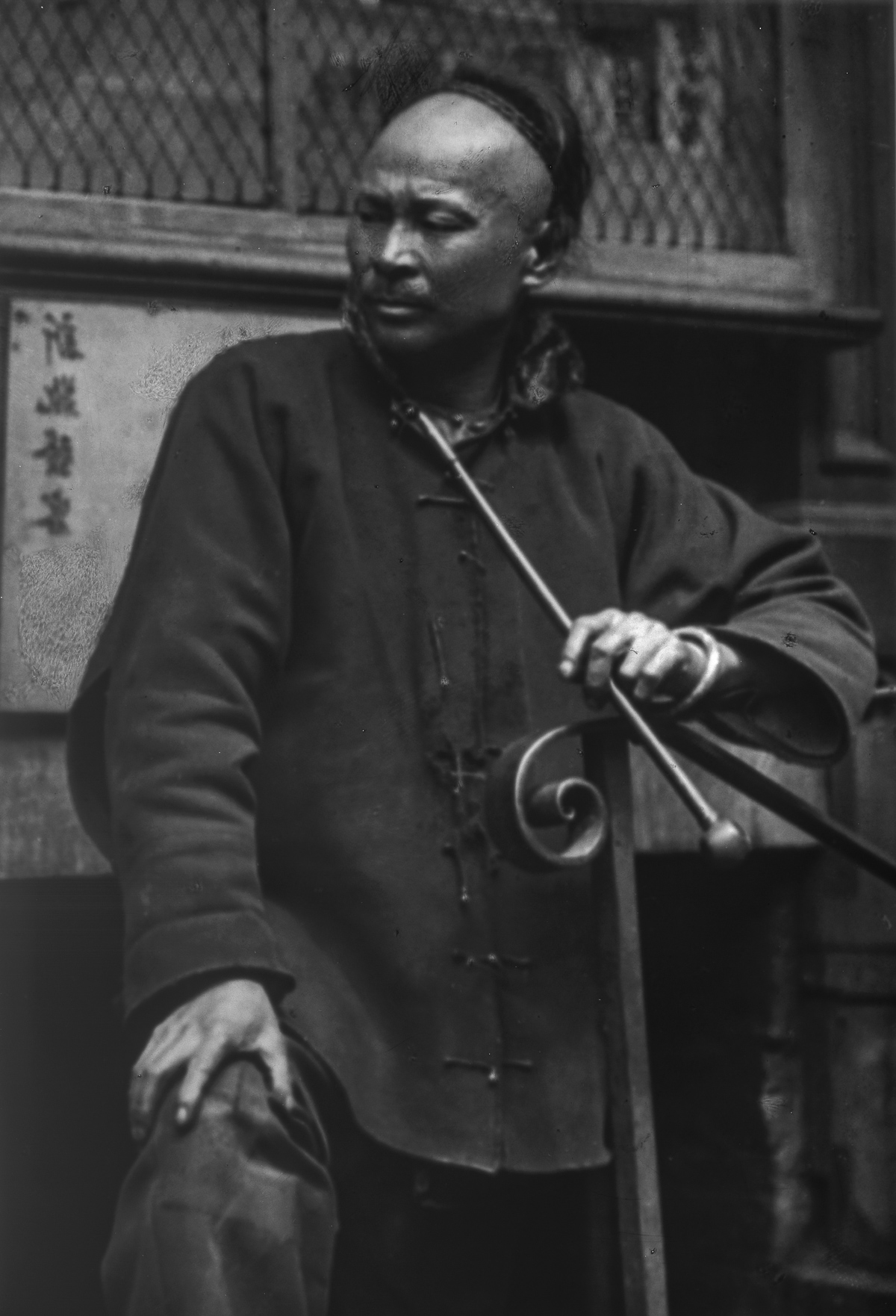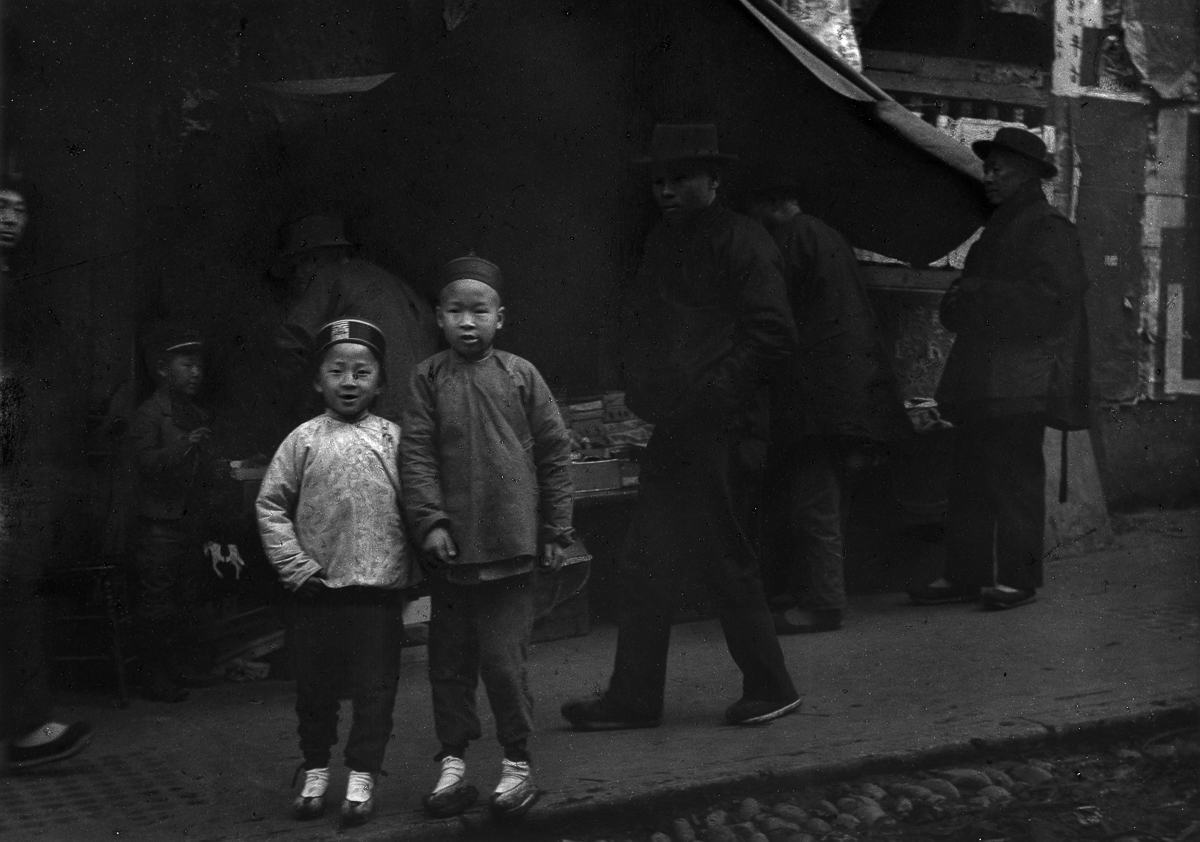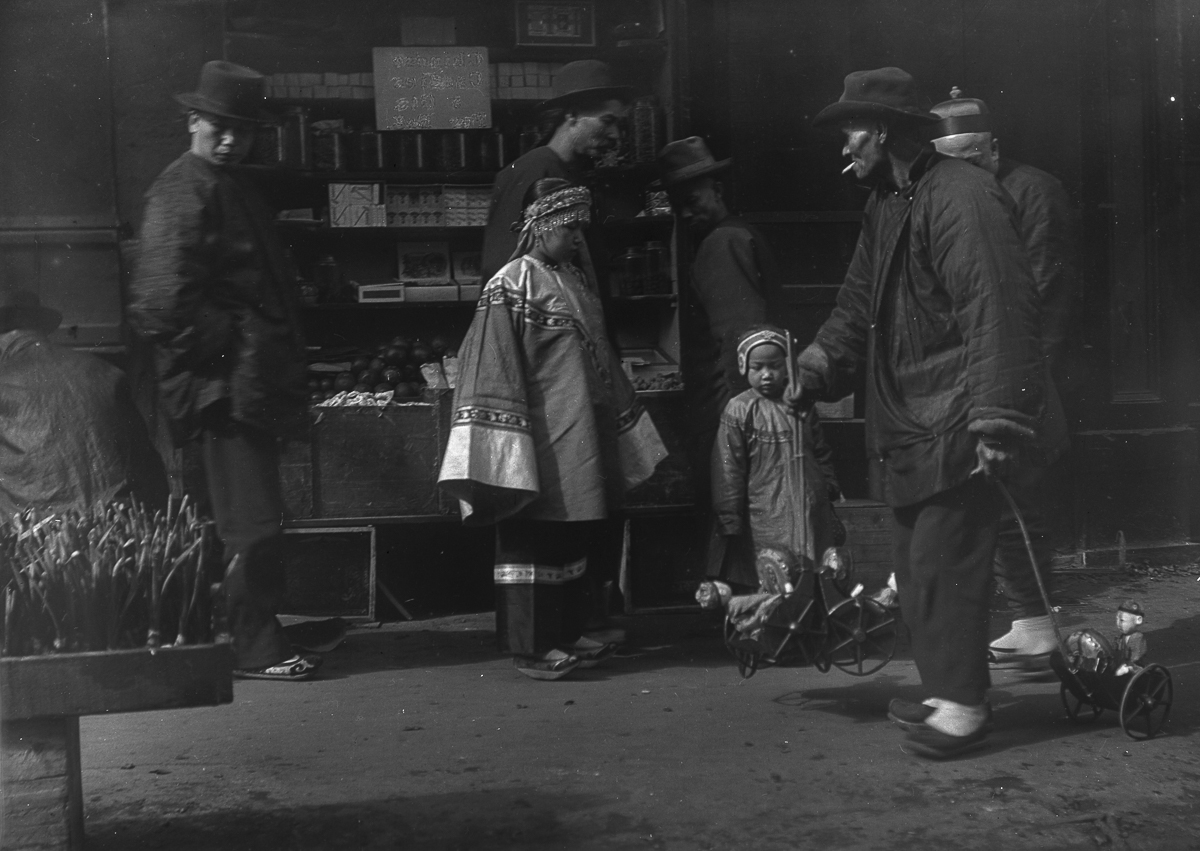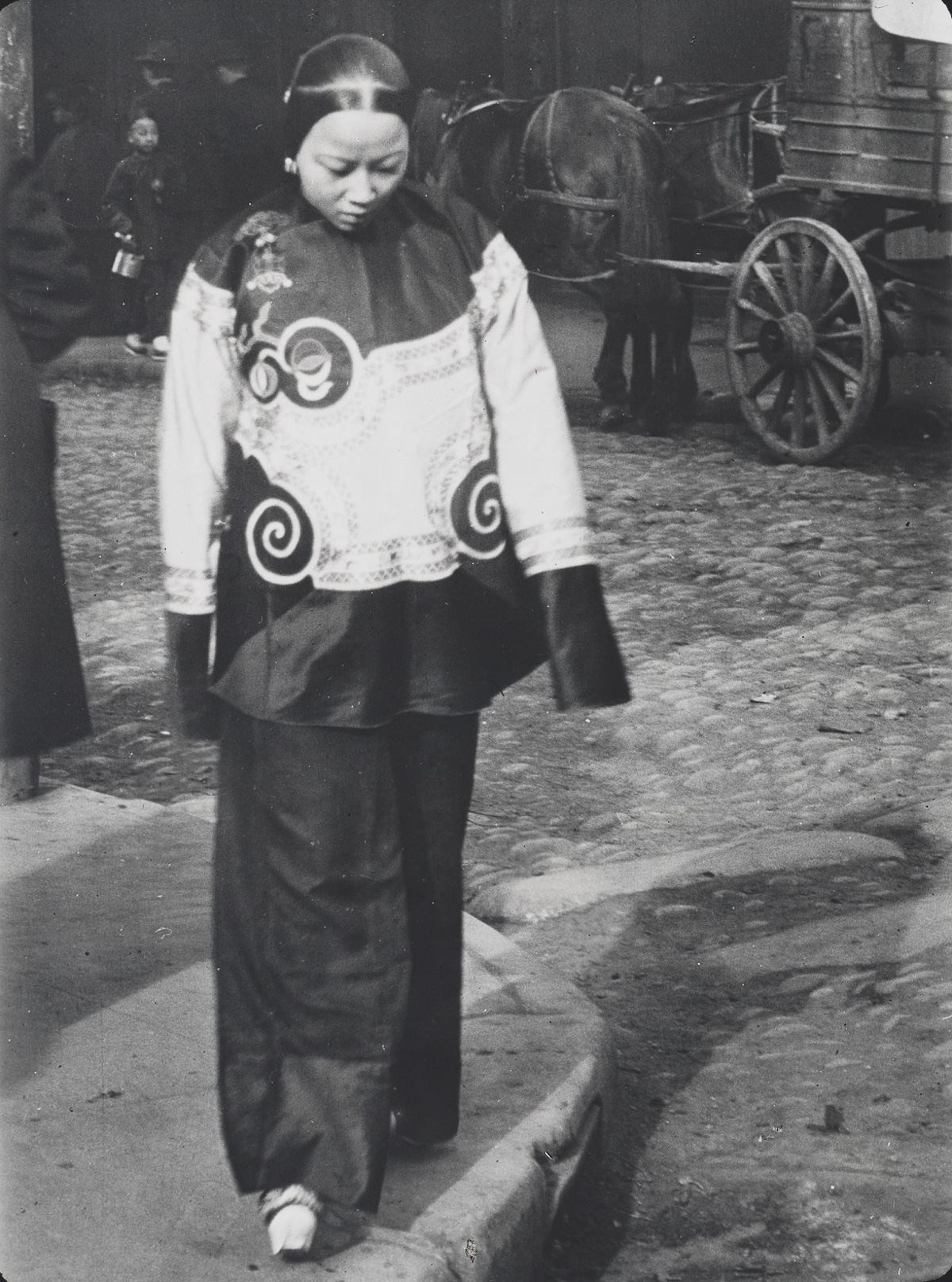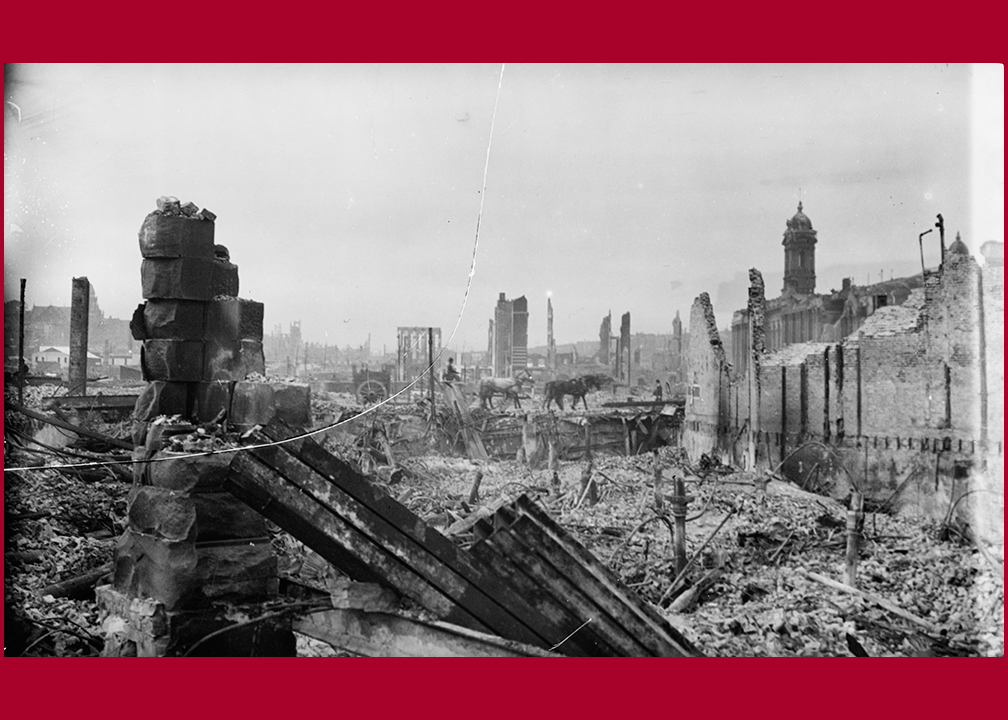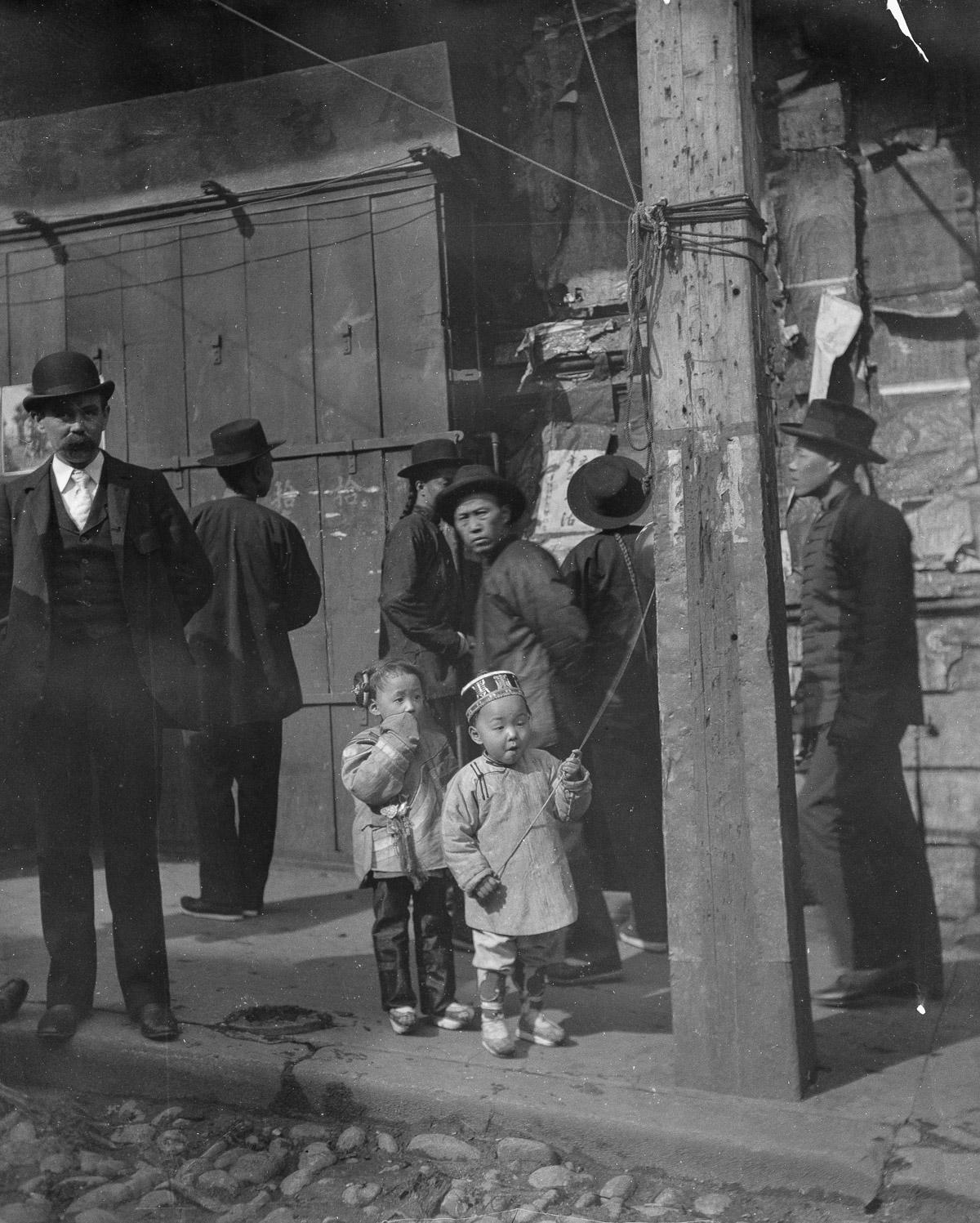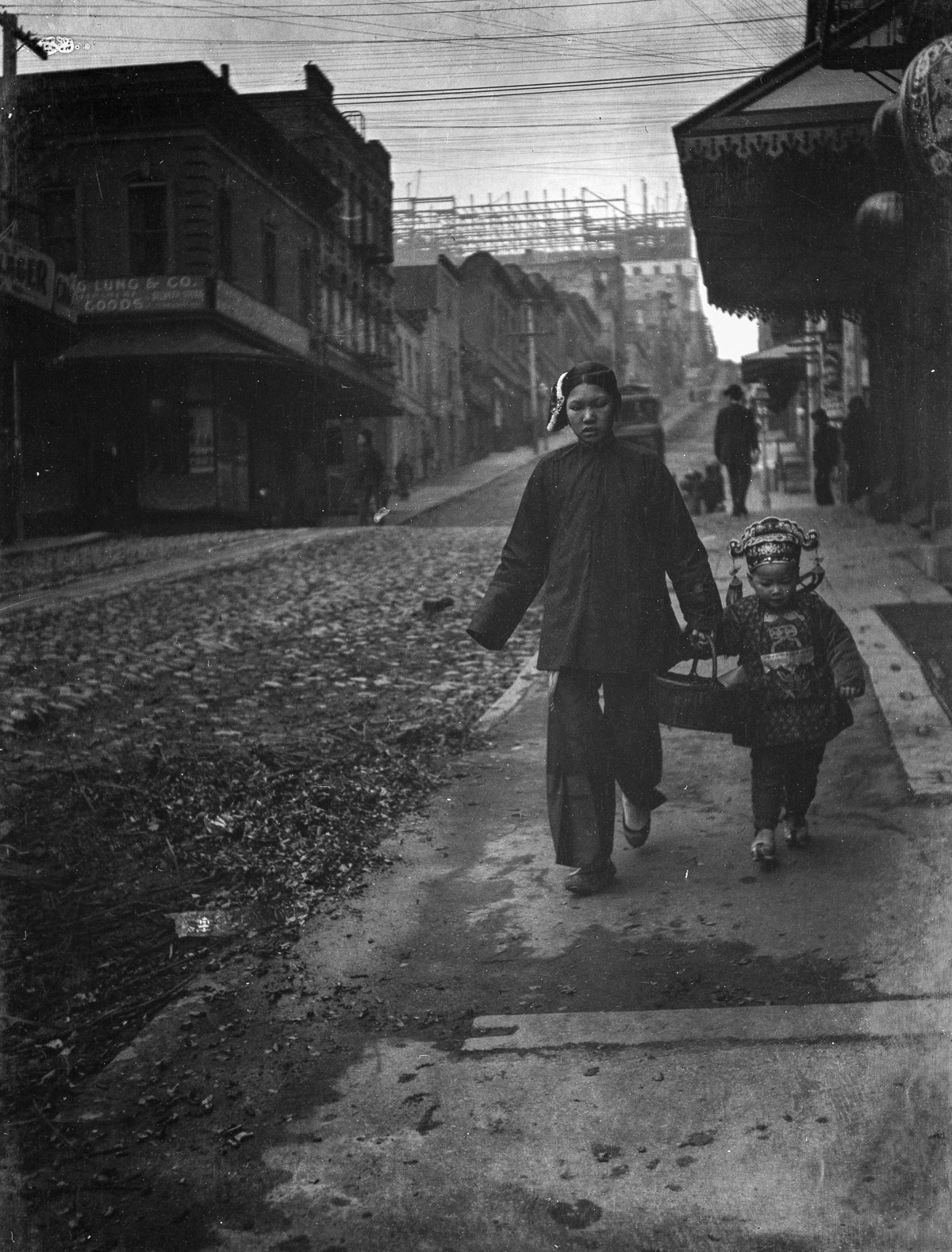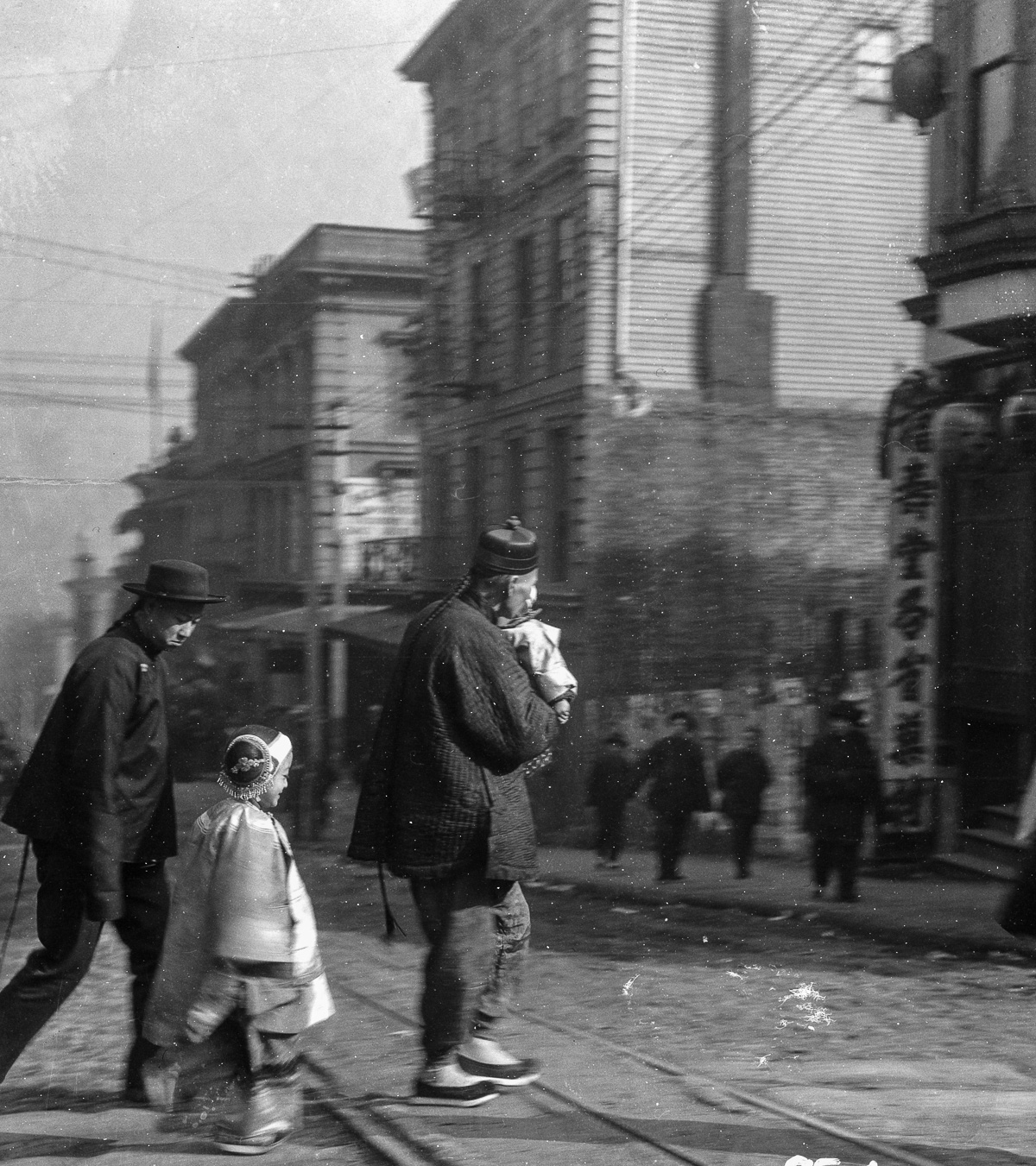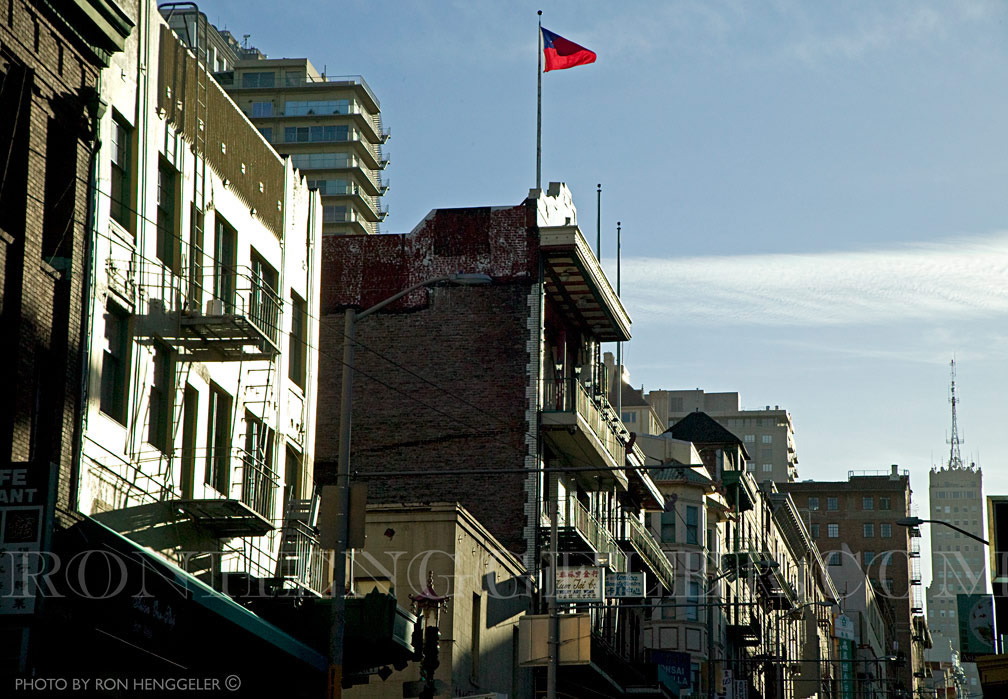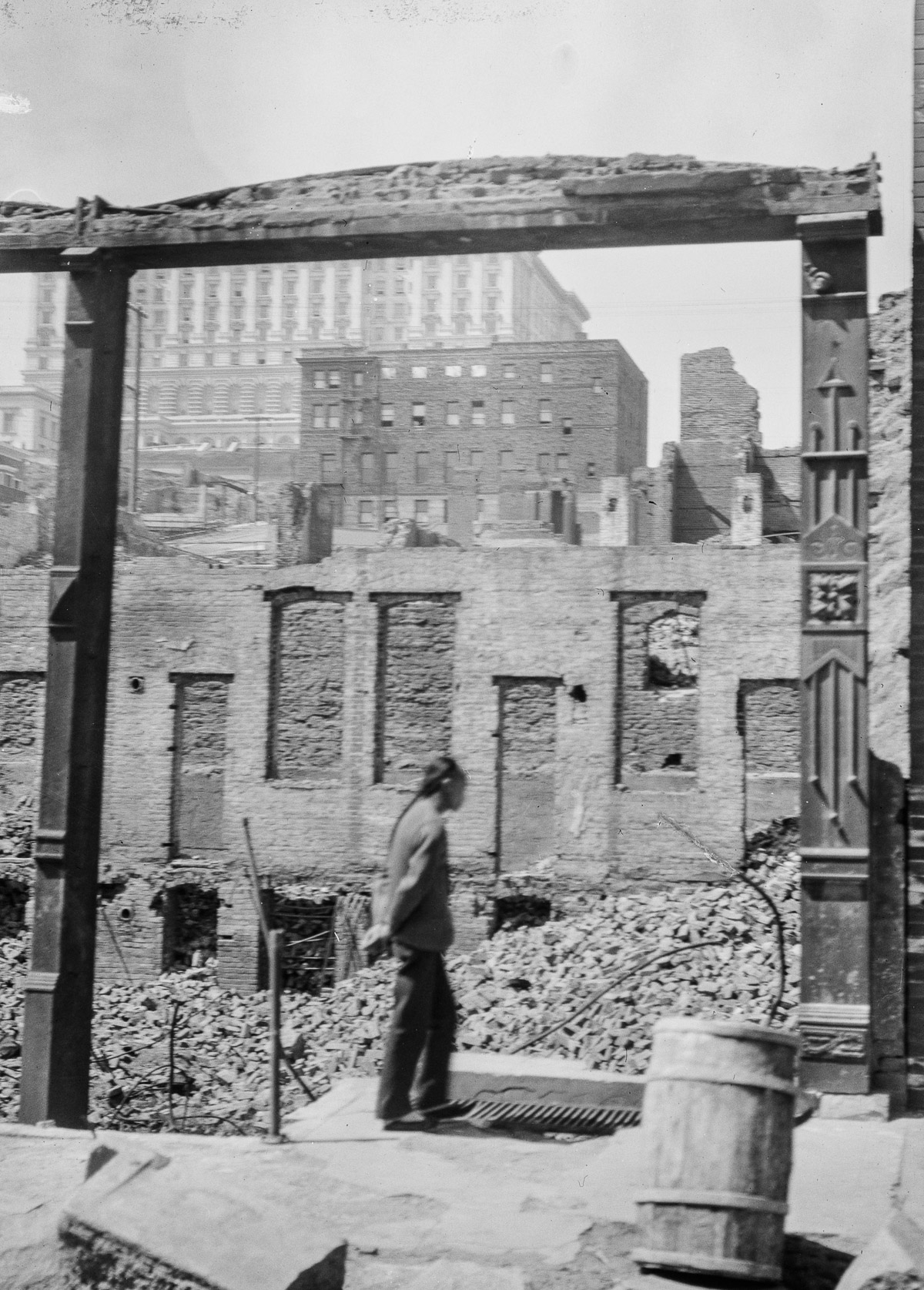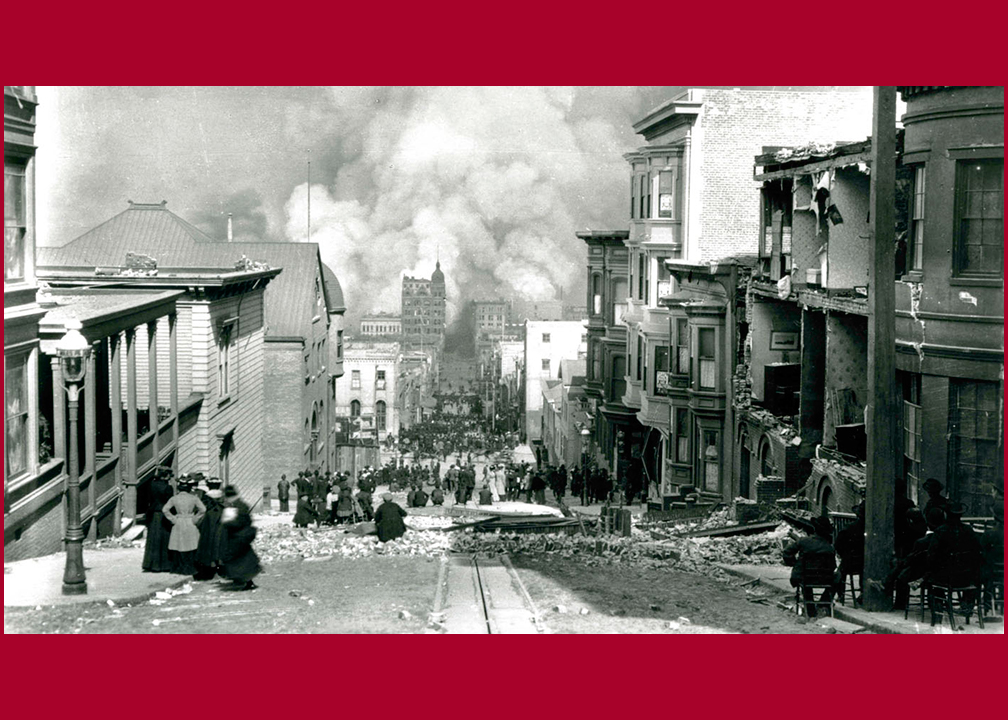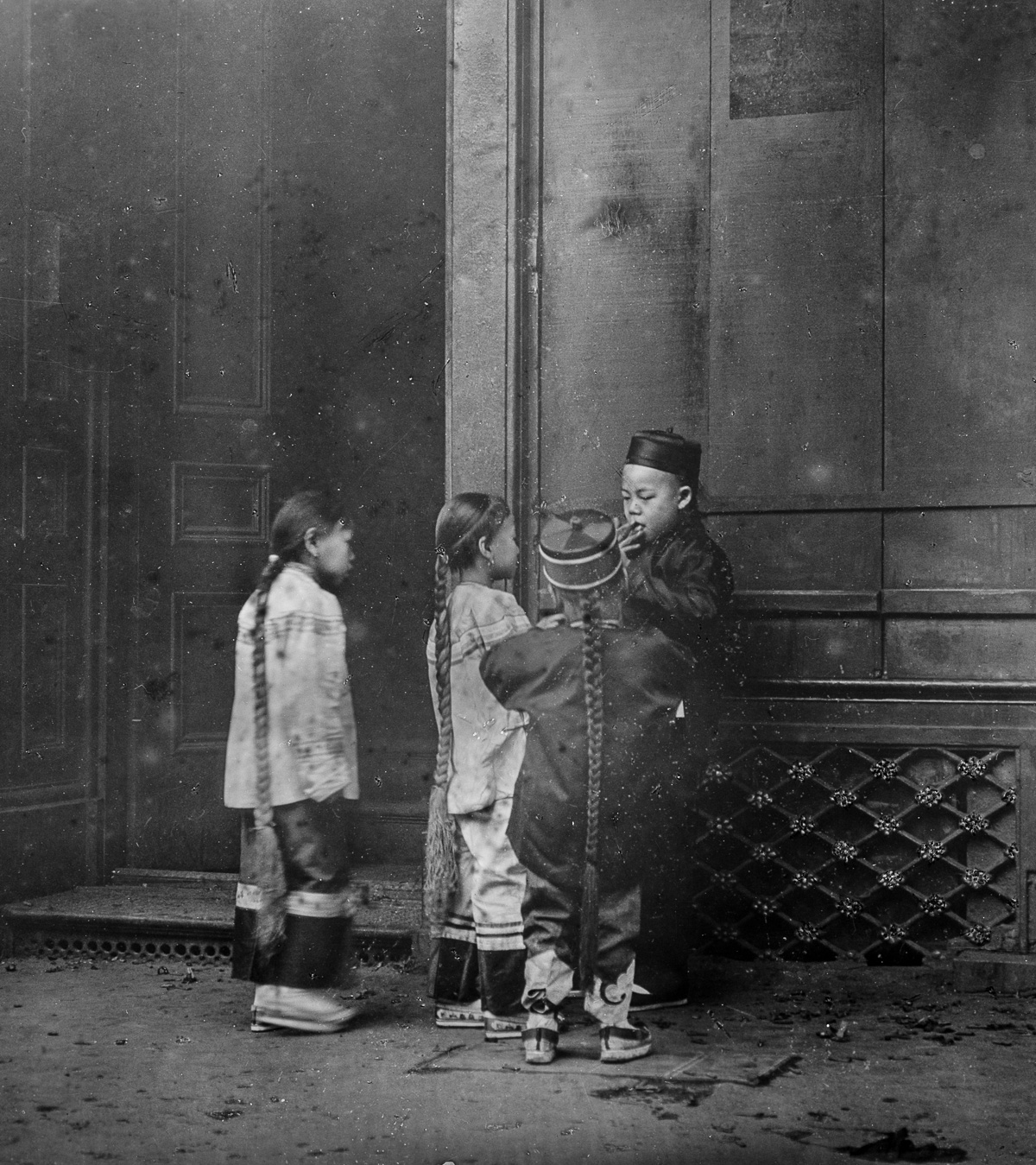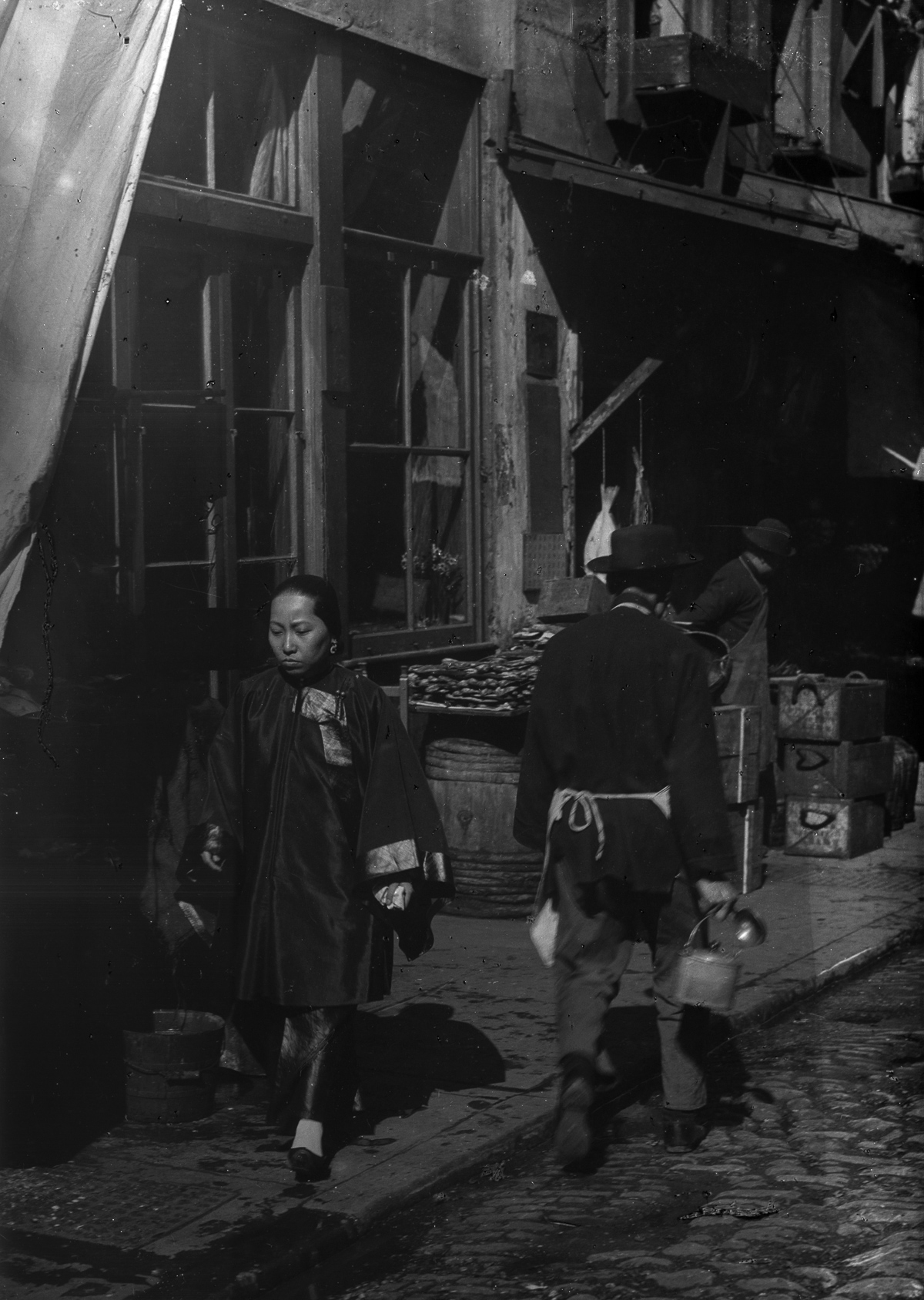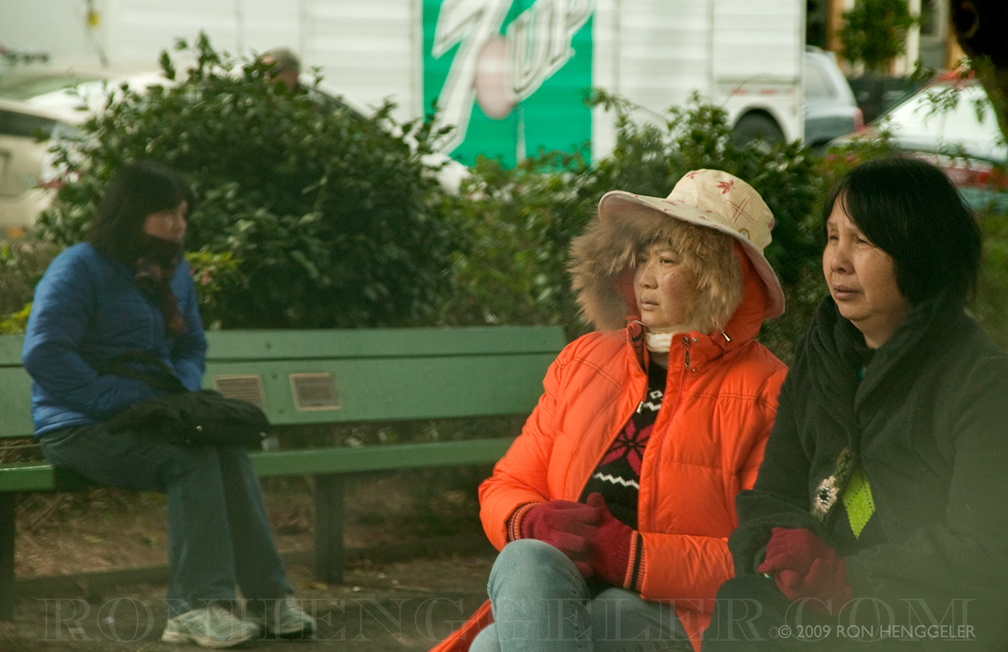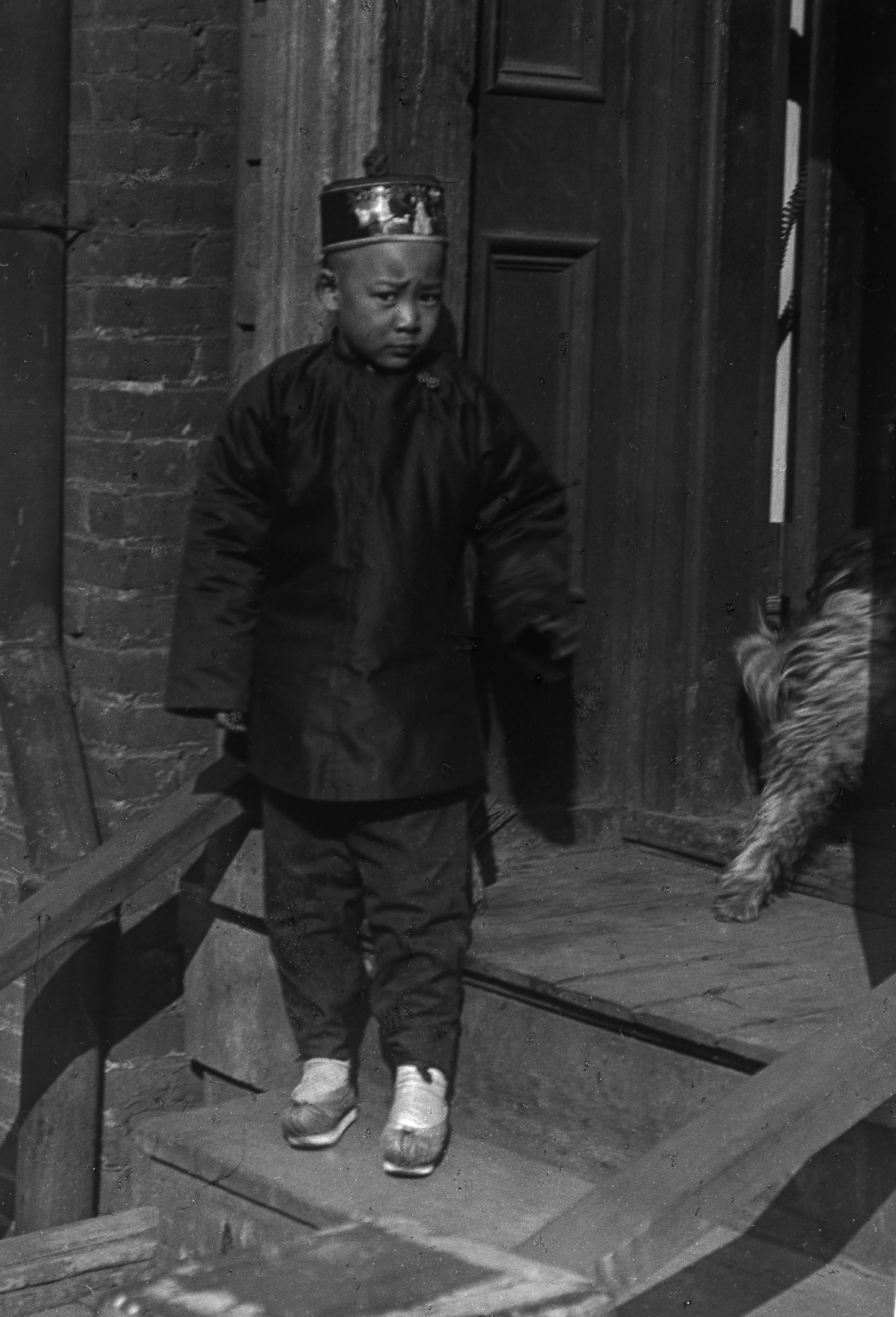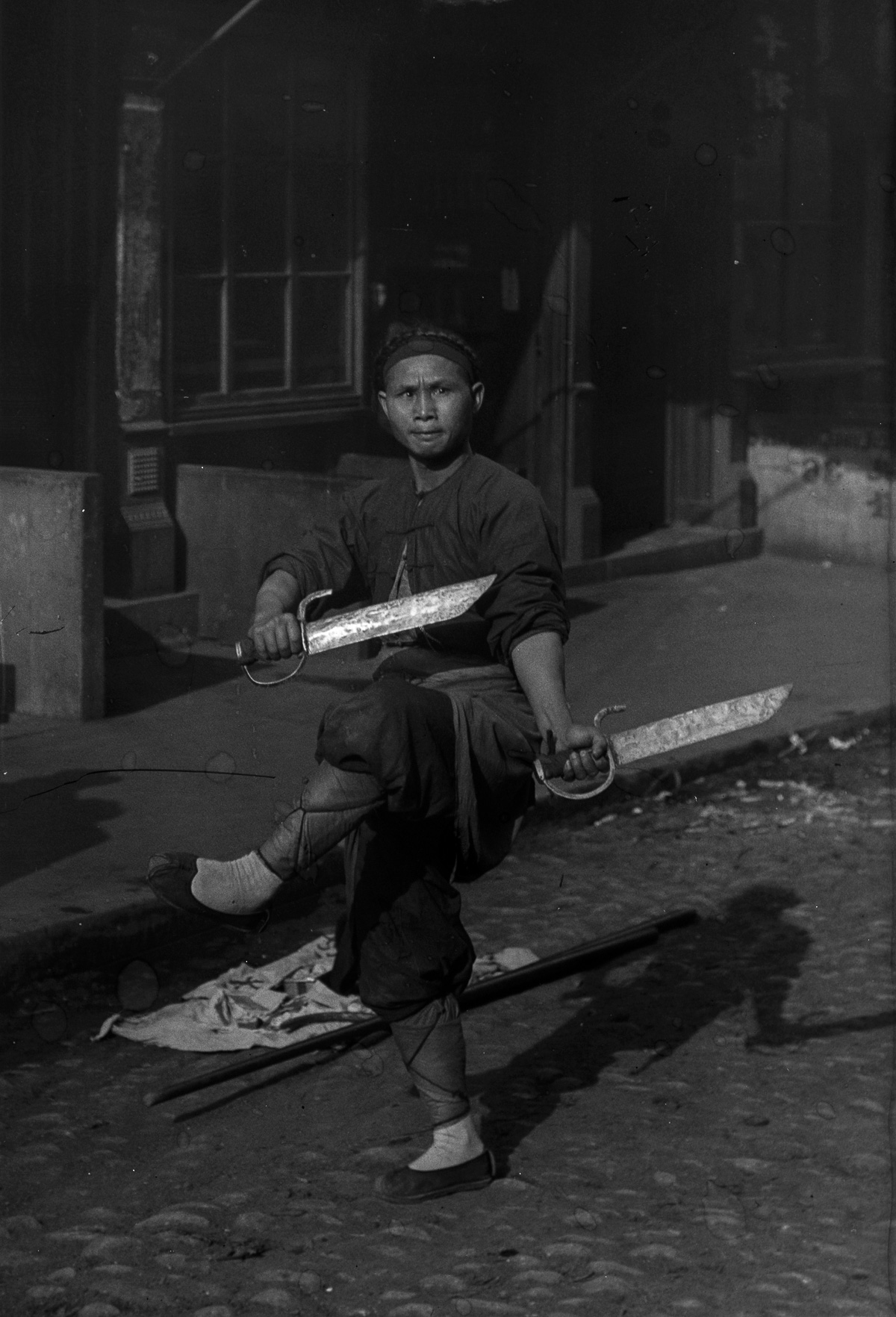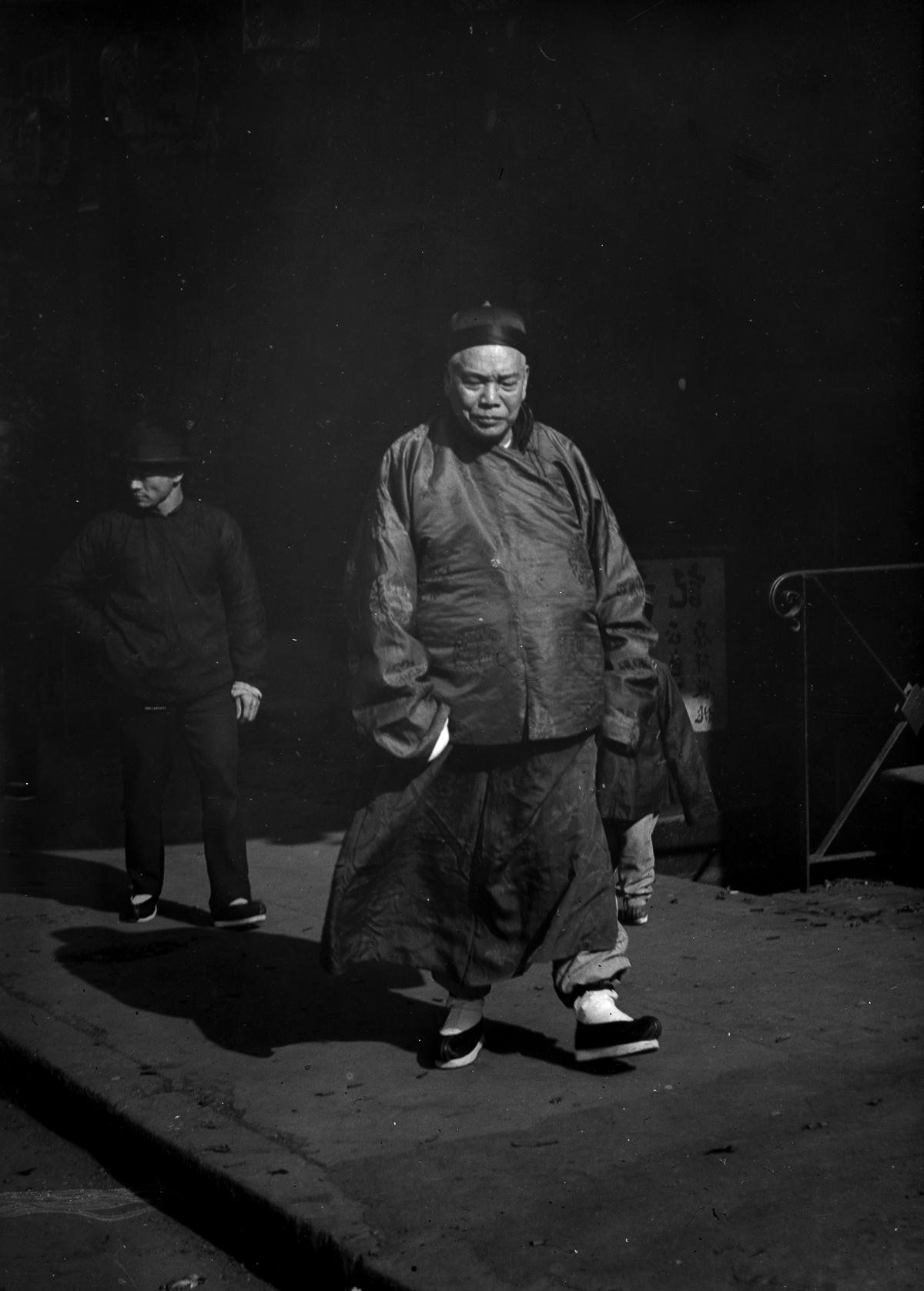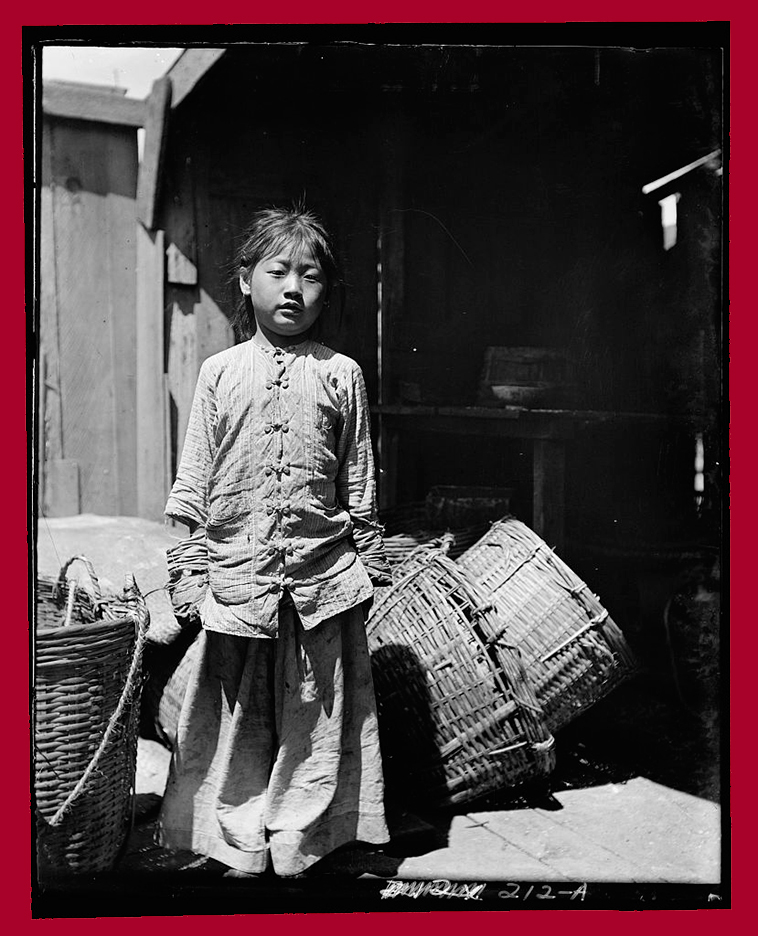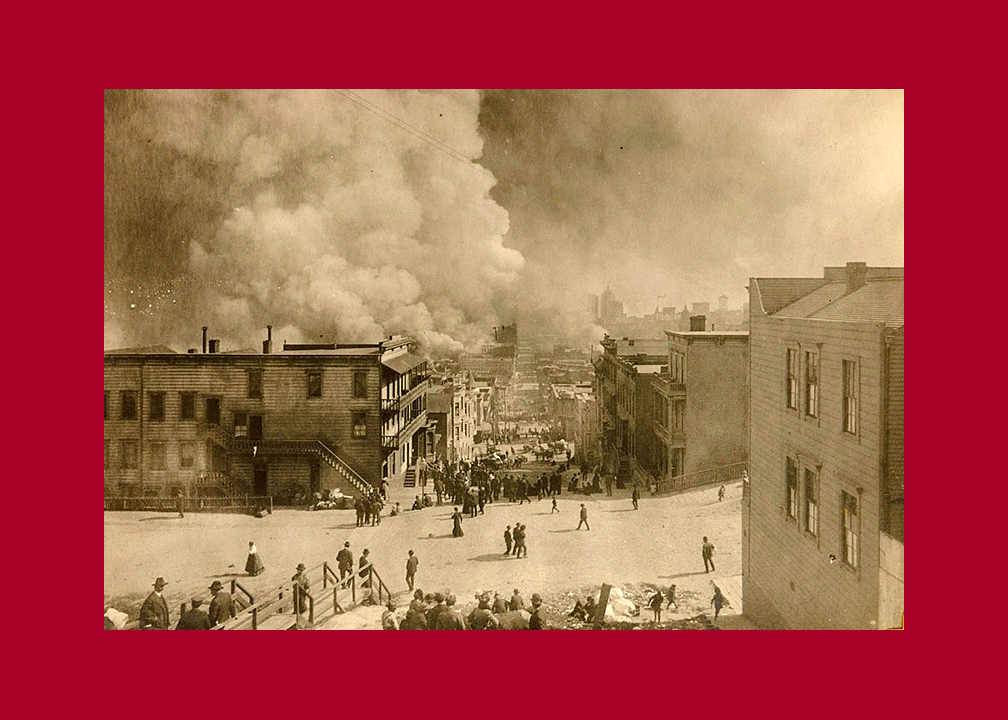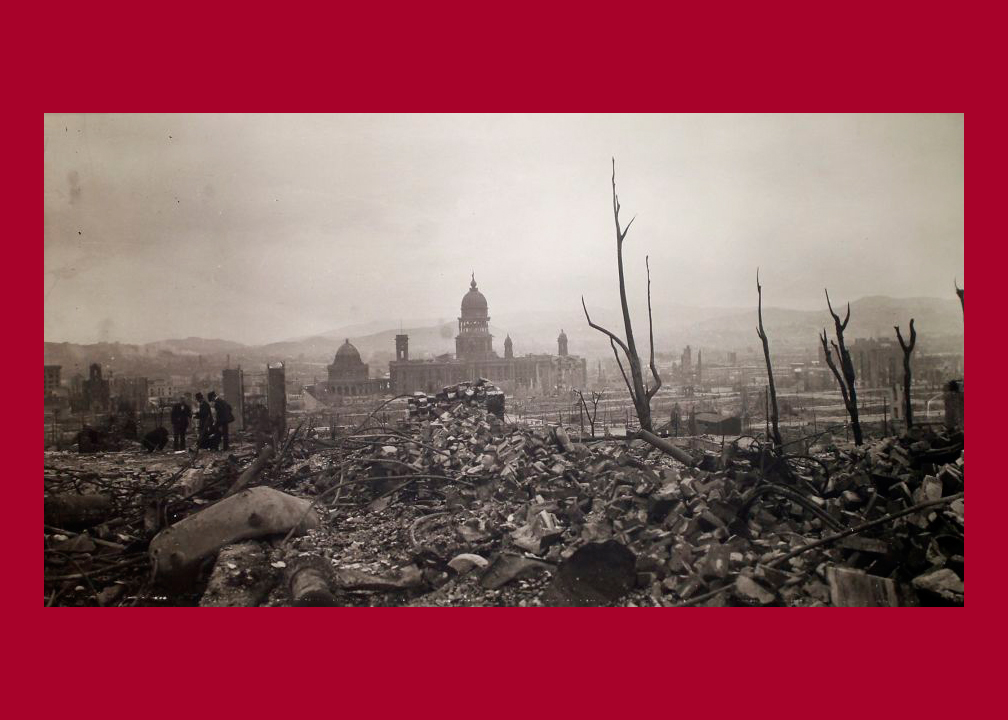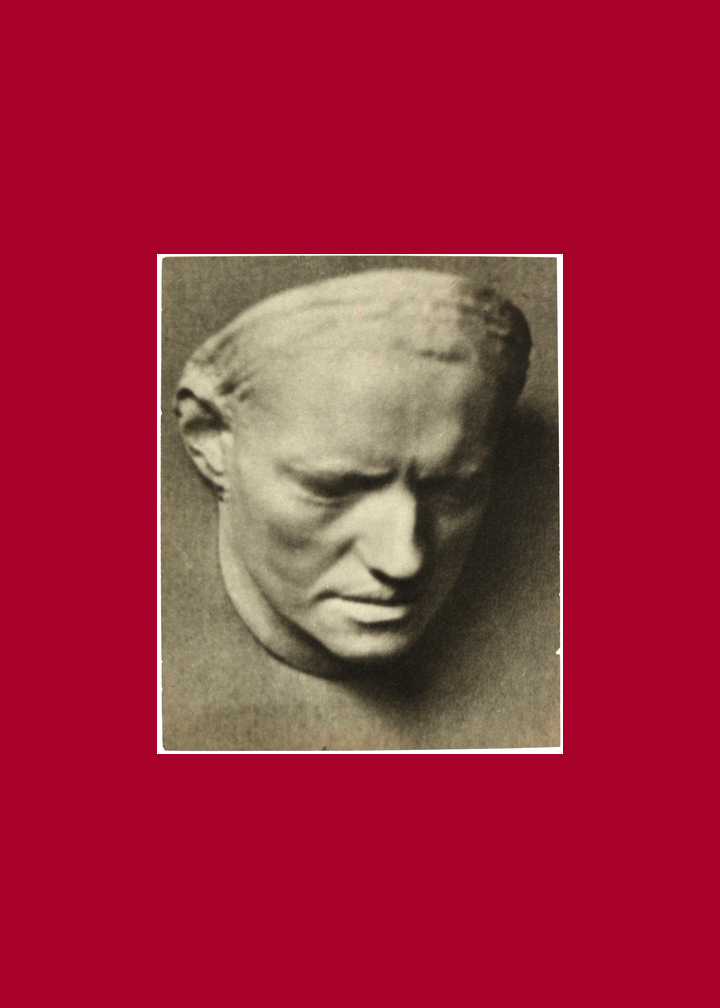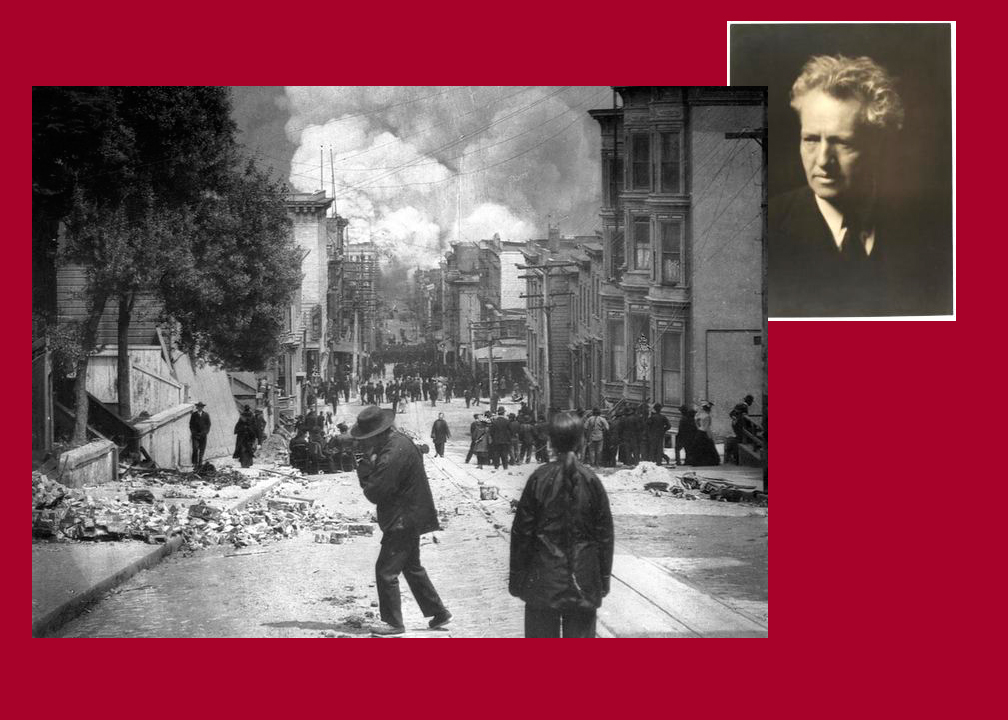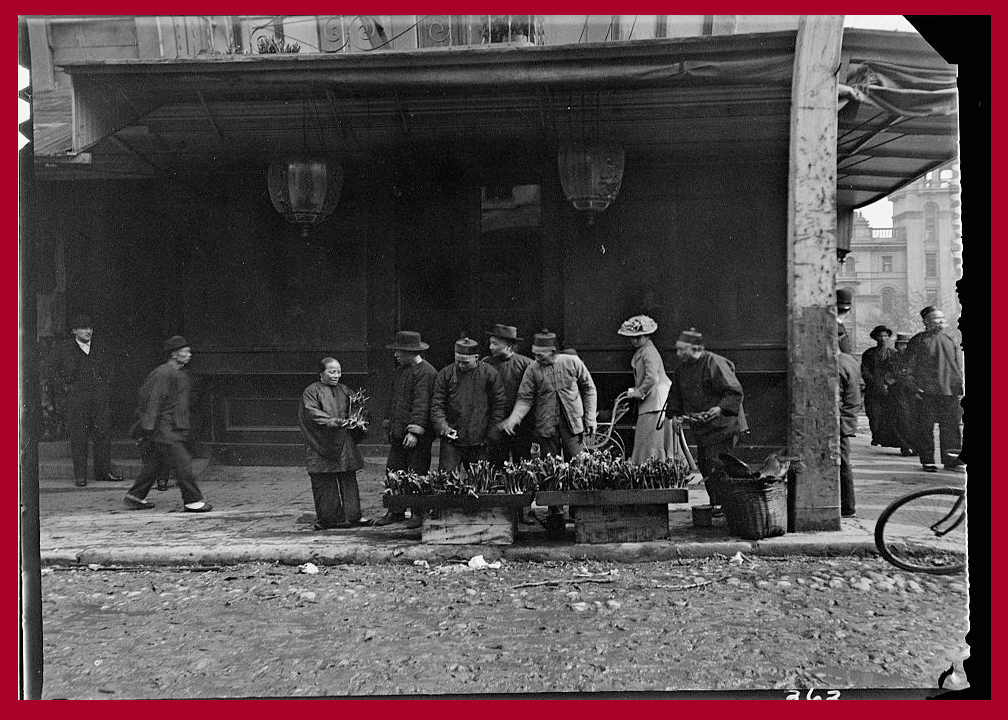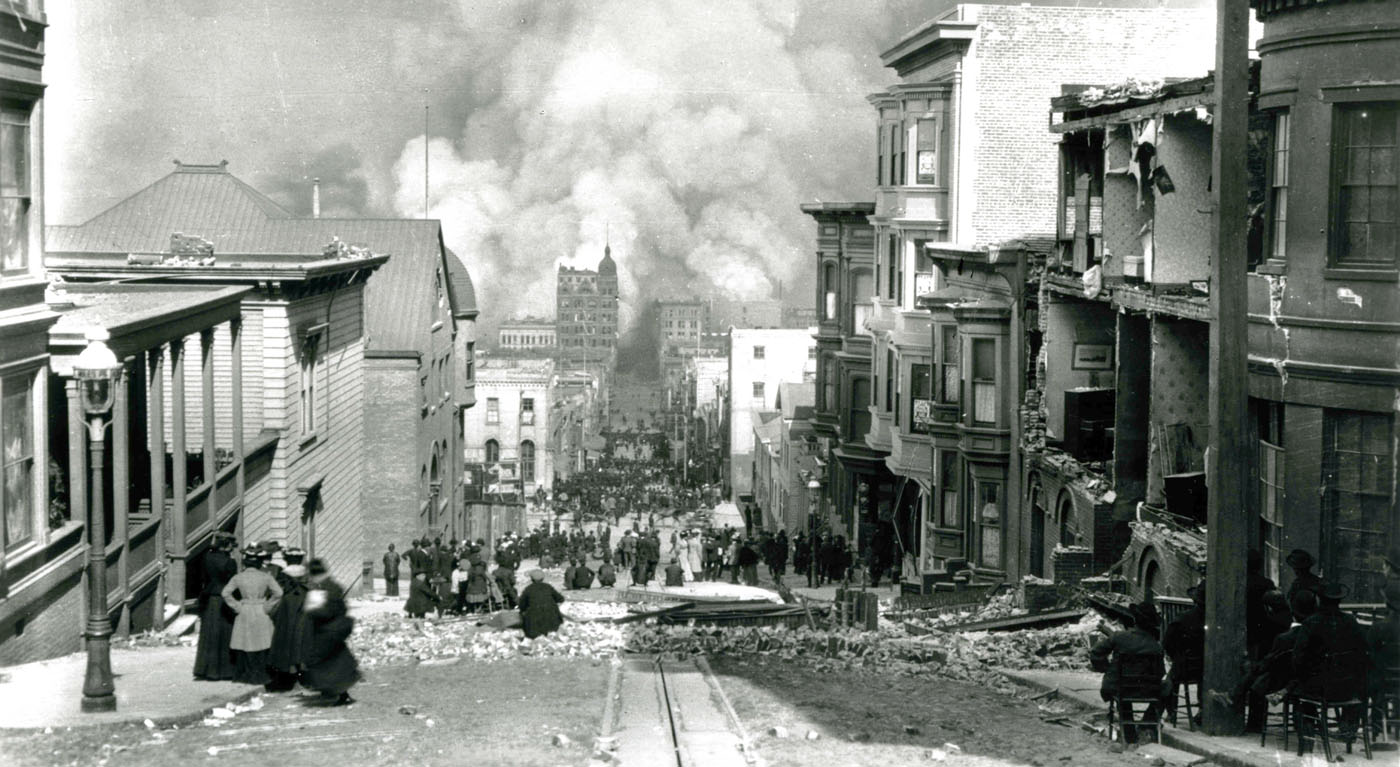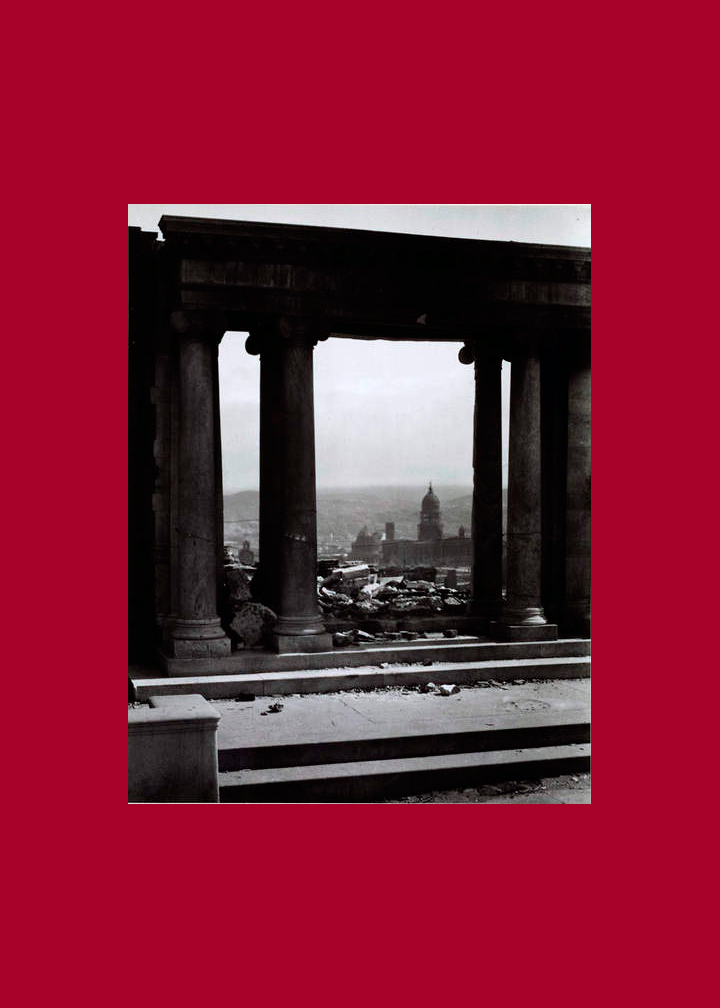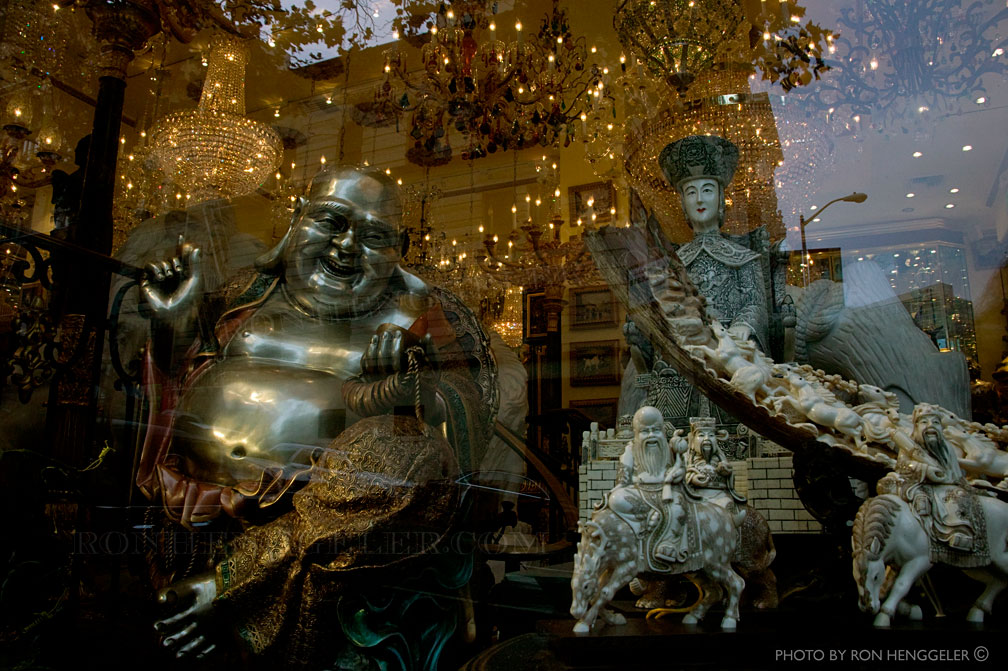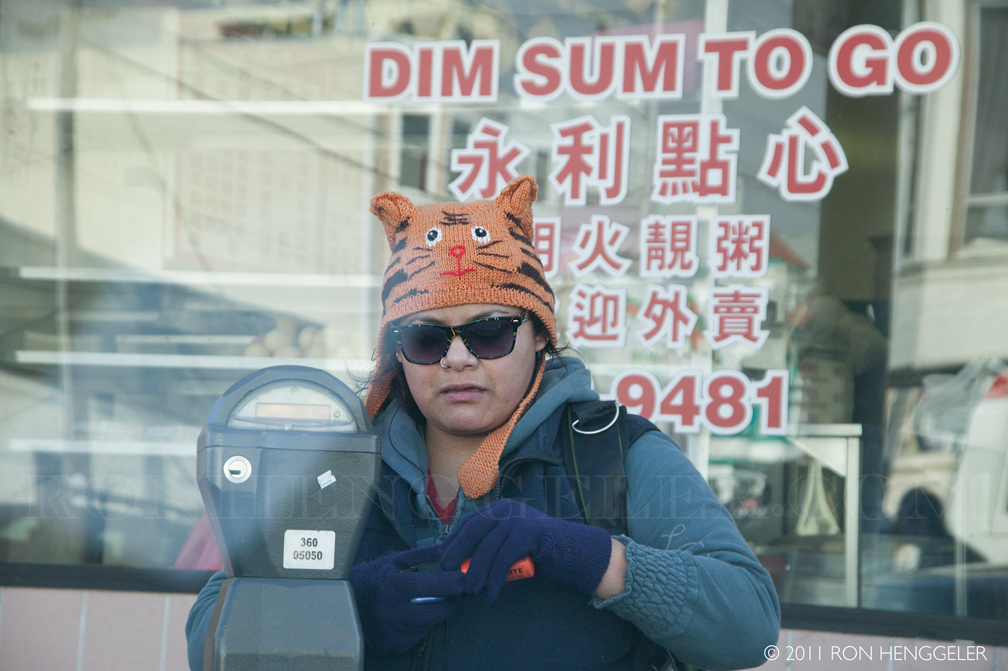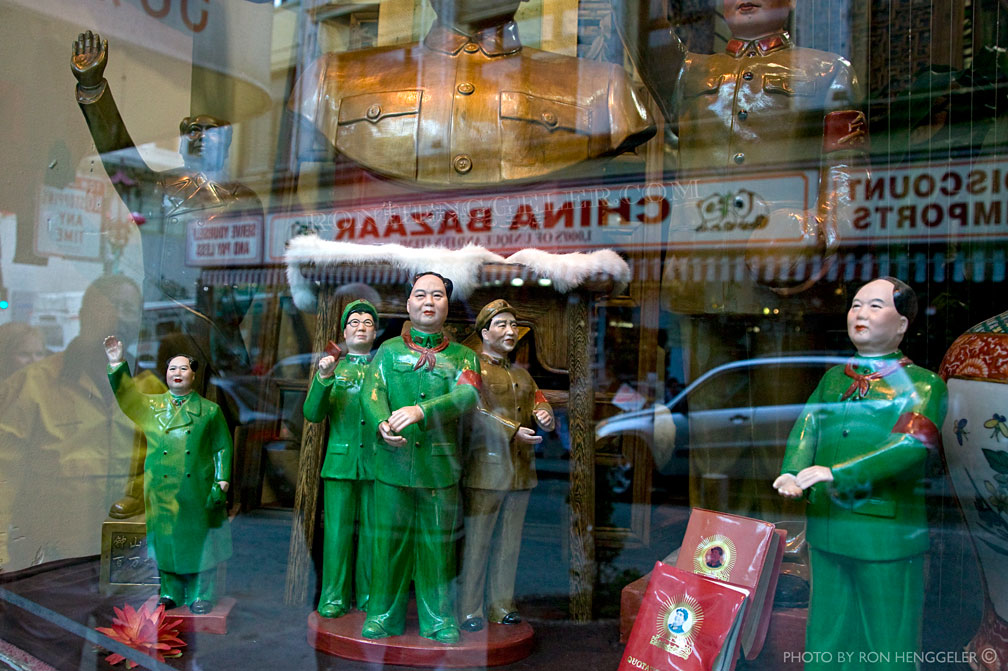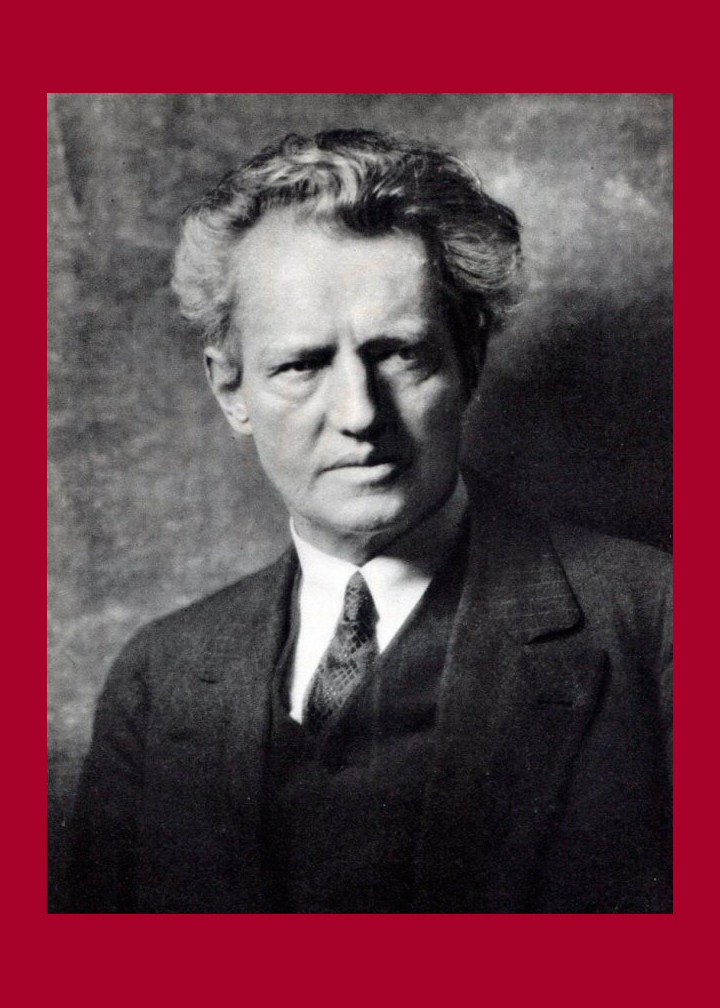RON HENGGELER |
November 13, 2015
Photographs of San Francisco's Chinatown before 1906, by Arnold Genthe
Originally trained as a classical scholar, Arnold Genthe (1869–1942) taught himself photography soon after emigrating from Germany to America in 1895. Intrigued by San Francisco's Chinatown, he shot a series of photographs documenting life there before the destruction of the city in 1906. About 200 photographs in the series survive. Genthe established a studio in San Francisco and went on to become famous for his photographic portraits of artists, writers, dancers, and theater personalities including Isidore Duncan, Anna Pavlova, Sarah Bernhardt, and Jack London. Genthe attended the performance of Carmen on the eve of the earthquake in 1906 and then went out with friends, arriving home very late. He had been asleep for only a few hours when he was awakened by the earthquake. Thirty years later, in 1936, he published an account of his experience in his memoir, As I Remember.
Self portrait by Arnold Genthe |
|
|
|
|
|
|
The Chinatown area of San Francisco was well documented by photographer Arnold Genthe. Genthe emigrated from Germany to San Francisco as a tutor to a wealthy German family. When his contract expired, he stayed in San Francisco and opened a photo studio. |
Text |
|
|
Between 1839 and 1860, the violence of the Opium Wars drove many Chinese people to seek new lives in the U.S., drawn by the California Gold Rush and opportunities to work on the Transcontinental Railroad. Settling in cities along the west coast before spreading eastward, Chinese immigrants congregated in distinct communities, which became known as Chinatowns. These areas eased the assimilation process for Chinese people into a new country. Today, many still exist as cultural and commercial hubs, and historical sites. |
|
|
|
Genthe was fascinated by Chinatown and took hundreds of photographs of the area and its inhabitants. He used a small camera and sometimes captured his subjects covertly. He later cropped some of his images to remove western references. These images are some of the few that remain of Chinatown prior to the San Francisco earthquake of 1906. Stored in a bank vault, Genthe's photos had survived the disaster. |
|
|
It seemed as if I had scarcely been asleep when I was awakened by a terrifying sound—the Chinese porcelains that I had been collecting in the last years had crashed to the floor… . The whole house was creaking and shaking, the chandelier was swinging like a pendulum, and I felt as if I were on a ship tossed about by a rough sea. "This can't go on much longer," I said to myself. "When a house shakes like this, the ceiling is bound to collapse. As soon as the plaster begins to fall, I'll cover my head and accept what comes." An ominous quiet followed… . I looked at the clock, the time was a quarter past five. I looked out of the window and saw a number of men and women, half-dressed, rushing to the middle of the street for safety… . The streets presented a weird appearance, mother and children in their nightgowns, men in pajamas and dinner coats, women scantily dressed with evening wraps hastily thrown over them. Many ludicrous sights met the eye: an old lady carrying a large bird cage with four kittens inside, while the original occupant, the parrot, perched on her hand; a man tenderly holding a pot of calla lilies, muttering to himself; a scrub woman, in one hand a new broom and in the other a large black hat with ostrich plumes; a man in an old–fashioned nightshirt and swallow tails… But there was no hysteria, no signs of real terror or despair. From As I Remember by Arnold Genthe |
|
|
|
|
|
|
|
|
|
Text |
Text |
|
|
|
Text |
|
|
|
|
|
After wandering about for a while, I went to the house of some dear friends of mine, Milton and Mabel Bremer (she is now married to my old friend Bertram Alanson). I found them calmly sitting on the front steps. The one thing that Mabel was apparently most anxious to save was a pair of evening slippers–a purchase of the day before–which she thrust into my large coat pockets. But it did not save them. I left them at my studio when I returned there later and they were burned with all my possessions.
Arnold Genthe from Earthquake and Fire |
ONE of the great social events of the opera season in the spring of 1906 was the joint appearance of Enrico Caruso and Olive Fremstad inCarmen. A large and enthusiastic audience filled the house for this gala occasion. it was the night of April 17th. After a quiet supper party with some friends, I walked home and went to bed with the music ofCarmen still singing in my ears. It seemed as if I had scarcely been asleep when I was awakened by a terrifying sound–the Chinese porcelains that I had been collecting in the last years had crashed to the floor. (My interest in Chinese porcelains ever since then has been purely platonic.) The whole house was creaking and shaking, the chandelier was swinging like a pendulum, and I felt as if I were on a ship tossed about by a rough sea. "This can't go on much longer," I said to myself. "When a house shakes like this, the ceiling is bound to collapse. As soon as the plaster begins to fall, I'll cover my head and accept what comes." Arnold Genthe from Earthquake and Fire |
|
|
|
|
|
|
|
I went to the top floor to see what had happened to my studio. The chimney had fallen through the roof, most of the book shelves had collapsed and the books were buried under mounds of plaster from the wall and ceiling. A sixteenth-century wood sculpture of Buddha had landed right side up and stood unharmed and inscrutable in the midst of the debris–"serene, indifferent of fate." The earth continued to indulge in periodic tremors, though less violently. I started to get dressed and decided that the most suitable "earthquake attire" would be my khaki riding things–I was to live in them for weeks. Arnold Genthe from Earthquake and Fire |
|
|
Life mask of Arnold Genthe |
"Some day the whole city will burn up. There'll never be another Chinatown like this one, and you have its only picture record." Will Irwin friend of Arnold Genthe |
|
|
I have often wondered, thinking back, what it is in the mind of the individual that so often makes him feel himself immune to the disaster that may be going on all around him. So many whom I met during the day seemed completely unconscious that the fire which was spreading through the city was bound to overtake their own homes and possessions. I know that this was so with me. All morning and through the early afternoon I wandered from one end of the city to the other, taking pictures without a thought that my studio was in danger. As I was passing the home of some friends on Van Ness Avenue, they were on the porch and called out, "Come in and have a drink." While we were raising our glasses, there occurred another shock. Everyone but my hostess and I ran outside. "Let us finish anyway," she said. "Sure," I said, giving her as a toast the line from Horace, "And even if the whole world should collapse, he will stand fearless among the falling ruins."
Arnold Genthe from Earthquake and Fire |
|
Portals of the Past Genthe frames the destroyed city through the entrance of a palatial home that did not survive the quake. In his book, As I Remember (Reynal & Hitchcock, 1936), Genthe describes the scene that prompted him to take this photograph: "The ruins of Nob Hill became a rich field for my camera. All that remained standing of the Towne residence on California Street was the marble columned entrance. The picture I made of it by moonlight brought out its classic beauty.” In Genthe’s haunting description of the ruined streets of San Francisco, he goes on to explain that the columns were later removed from their original site and reinstalled in a cypress grove in Golden Gate Park. There, they found the name by which they are known today—Portals of the Past. Genthe’s photograph of these pillars ultimately served as the inspiration for a painting by Charles Rollo. Rollo’s painting hung in the Bohemian Club, where he credited Genthe with the subject's original conception—above his own signature, Rollo inscribed, “With thanks to Arnold Genthe.” |
|
|
|
|
|
|
|
|
Self portrait by Arnold Genthe The photographer rebuilt his studio after 1906 and continued to work in and around San Francisco until 1911, when he moved to New York. Gentle died in 1942. |
Newsletters Index: 2015, 2014, 2013, 2012, 2011, 2010, 2009, 2008, 2007, 2006
Photography Index | Graphics Index | History Index
Home | Gallery | About Me | Links | Contact
© 2015 All rights reserved
The images are not in the public domain. They are the sole property of the
artist and may not be reproduced on the Internet, sold, altered, enhanced,
modified by artificial, digital or computer imaging or in any other form
without the express written permission of the artist. Non-watermarked copies of photographs on this site can be purchased by contacting Ron.

